The Corvette debuted in 1953 with only 300 units produced, all white with red interiors.
For over 70 years, the Chevrolet Corvette has remained the beating heart of American automotive passion. It's more than just a car—it's an icon, a cultural symbol, and a platform of relentless innovation. From its fiberglass-bodied beginnings to the supercar-slaying C8, the Corvette’s story is one of evolution, resilience, and unfiltered performance.
Let’s take a deep dive into each Corvette generation, uncovering the design breakthroughs, technical milestones, and lasting magic that make America’s sports car truly timeless.
What Made the C1 Corvette (1953–1962) a Trailblazer?
The Corvette began as a bold idea during the post-WWII boom. GM's Harley Earl saw the rising popularity of European sports cars and introduced America’s answer: the 1953 Corvette.
Key Design Elements: Fiberglass body, wraparound windshield, signature “toothy” chrome grille. Styling evolved over the years, including quad headlights (1958) and the "ducktail" rear.
Notable Tech:
- Initially powered by a 150-hp "Blue Flame" inline-six.
- 1955: Introduction of the small-block V8 (195 hp) dramatically improved performance.
- Suspension: Solid rear axle throughout the generation.
- Transmission: Initially a two-speed Powerglide automatic; a three-speed manual arrived later, followed by a four-speed in 1957.
- 1957: Fuel injection became available, boosting power significantly (up to 290 hp).
Legacy Moment: The 1957 fuel-injected model, paired with a four-speed manual, turned heads and changed minds, signaling the Corvette's performance potential.
Why It Still Matters: The C1 wasn’t perfect—but it was visionary. Its design and the crucial introduction of V8 power laid the groundwork for everything that followed, establishing the American sports car dream.
Why Is the C2 Corvette Sting Ray (1963–1967) So Iconic?
The second generation redefined the Corvette. With its aggressive “Sting Ray” design and serious performance upgrades, it quickly became a collector favorite.
Design Leap: Hidden headlights (from 1963), sharp, angular lines, and the unforgettable split rear window (1963 coupe only). Independent rear suspension was a major advancement.
Performance Upgrades:
- Engines: 327 cu in V8 (various outputs), 396 cu in big-block (1965), 427 cu in big-block (1966-1967).
- Horsepower Range: From around 250 hp to the legendary 435 hp (L88).
- Suspension: Fully independent rear suspension significantly improved handling.
- Brakes: Four-wheel disc brakes became available in 1965.
Iconic Models: The L88 big-block and the 1963 Split-Window Coupe command serious attention in the collector market.
Lasting Impact: The C2 set the standard for Corvette performance and beauty—many still consider it the most attractive American car ever made. Its combination of stunning aesthetics and vastly improved handling established the Corvette as a serious global contender.
What Defined the C3 Corvette (1968–1982)?
Inspired by the Mako Shark II concept, the C3 Corvette embraced long curves and attitude during a time of regulatory headwinds and rising insurance costs.
Cultural Styling: T-tops became a signature feature. Early models featured chrome bumpers, later replaced by more integrated designs. Distinctive “Coke bottle” curves defined its silhouette.
Performance Decline (Due to Emissions): While early models boasted potent big-block engines, increasing emissions regulations led to a gradual decrease in horsepower throughout the mid-1970s.
High Notes:
- Early big-block variants like the L88 and ZL1 are highly prized for their raw power.
- The 1982 Collector Edition, with its unique lift-up rear glass, marked the end of an era.
Cultural Footprint: The C3 appeared in countless movies, music videos, and garage posters across America. Even with declining power in later years, its iconic style kept the Corvette dream alive.
How Did the C4 Corvette (1984–1996) Usher in a New Era?
With no official 1983 model, Chevrolet launched the C4 in 1984 as a total reset. A modern chassis, digital dashboard, and improved handling put Corvette back on track.
Tech Forward:
- Bosch L-Jetronic fuel injection.
- Aluminum suspension components contributed to weight savings.
- Digital instrument cluster marked a technological shift.
Powertrain:
- Initial "Cross-Fire Injection" V8 was later replaced by the more potent L98.
- The LT1 (1992) and LT4 (1996) engines delivered smooth, responsive V8 power with increased output.
Performance Star: The ZR-1 (1990–1995) with its Lotus-designed 375-hp (later 405 hp) LT5 DOHC V8 stunned the world with its performance capabilities.
Why It Mattered: The C4 reestablished Corvette as a serious performance car, not just a cruiser. Its focus on technology and improved handling laid the foundation for modern Corvette refinement.
What Made the C5 Corvette (1997–2004) a Return to Form?
With the C5, Corvette focused on fundamentals: better handling, lighter weight, and real-world usability. It was the rebirth of a true driver’s car.
Design Evolution: Sleeker, more aerodynamic lines. A hydroformed frame provided significant structural rigidity. The rear-mounted transmission (transaxle) improved weight balance.
Powerplant: The all-new LS1 V8 engine (345-405 hp) set a new standard for American performance engines with its power and efficiency.
Driver Focus:
- "Active Handling" electronic stability control.
- Six-speed manual transmission became standard.
- The Z06 trim returned with a more powerful LS6 engine (385-405 hp) and track-focused upgrades.
Why It Stuck: The C5 hit the sweet spot—raw enough for purists, refined enough for daily driving, and offered incredible performance value.
Why Was the C6 Corvette (2005–2013) Such a Game-Changer?
The sixth generation sharpened every angle. It was lighter, faster, and more focused than its predecessor—with exposed headlights for the first time since 1962.
Performance Evolution:
- Engines: LS2 (400 hp), LS3 (430 hp), LS7 (505 hp in the Z06), supercharged LS9 (638 hp in the ZR1).
- Tech Tools: Magnetic ride control (optional), paddle shifting for the automatic transmission, improved traction control systems.
Standouts: The Z06 and ZR1 models offered supercar-level performance, challenging European rivals at a fraction of the price. The Grand Sport model provided a compelling blend of Z06 styling and performance.
Corvette’s Reputation: The C6 made people rethink what a Corvette could do—and who it could beat. It cemented its status as a serious high-performance machine.
How Did the C7 Corvette (2014–2019) Blend Tech with Tradition?
Bringing back the “Stingray” name, the C7 added advanced electronics and luxury-level interiors without abandoning performance.
Design Details: Sharp, angular lines, bold quad taillights, and aerodynamic enhancements. Significantly upgraded interior materials and design.
Modern Muscle:
- LT1 V8 with direct injection (455-460 hp).
- Supercharged LT4 V8 in the Z06 (650 hp).
- Supercharged LT5 V8 in the ZR1 (755 hp).
Top Trims: Z06 with track-focused aero and suspension, ZR1 as the ultimate performance model. Performance packages like Z51 and Grand Sport offered enhanced capabilities.
Ultimate Edge: The C7 proved an American car could go toe-to-toe with global supercars—on the track and in terms of technology and refinement.
What Makes the C8 Corvette (2020–Present) a Supercar Killer?
The long-rumored mid-engine Corvette finally arrived—and it was worth the wait. The C8 is faster, better balanced, and more refined than any Corvette before.
Biggest Change: Engine moved behind the driver for optimal weight distribution and handling.
Flagship Engine: The LT2 6.2L V8 produces up to 495 hp in the base Stingray.
Futureproofing:
- Z06 with a high-revving, naturally aspirated flat-plane crank V8 (670 hp).
- AWD hybrid E-Ray model adds electric power and all-weather capability.
- The upcoming ZR1 is anticipated to be the most powerful Corvette ever.
Why It Dominates: The C8 shattered expectations, offering supercar-level performance and handling for a significantly lower price point. It's a true revolution in design and execution.
The Corvette’s Enduring Magic
So what keeps the Corvette legacy alive after all these years?
- Affordable Performance: Consistently delivers thrilling performance without the exorbitant price tag of many competitors.
- Cultural Icon: Deeply ingrained in American culture, representing freedom, performance, and aspiration.
- Innovative Spirit: Never afraid to evolve, from pioneering fiberglass bodies to the groundbreaking mid-engine layout.
- Community Connection: A passionate and active community of owners and enthusiasts fosters a strong sense of belonging.
- Generational Bond: Whether your heart belongs to a classic Sting Ray or the latest C8, there’s a Corvette that resonates across different eras.
Considering a Corvette? Protect Your Investment.
Corvettes are built to perform—but even legends need protection. Whether you drive a classic Sting Ray or a cutting-edge Z06, Noble Quote offers premium extended warranty coverage for every generation. Get peace of mind before you hit the open road.
Corvette Generations Explained: What Buyers and Enthusiasts Really Want to Know
What year did the first Corvette come out?
Which Corvette generation is considered the most valuable?
The 1963 Sting Ray split-window coupe is highly sought after due to its unique design and limited production. Certain high-performance variants from other generations (like L88 C2s and ZR1 C4s) also command top dollar.
What makes the C8 Corvette so different from past models?
It’s the first Corvette with a mid-engine layout, offering significantly improved weight distribution, handling, and supercar-like performance at a more accessible price.
What’s the difference between Z06 and ZR1 Corvette models?
Z06s are track-focused models with enhanced aerodynamics, suspension, and higher-performance engines (typically naturally aspirated or supercharged). ZR1s represent the ultimate performance variant of their generation, featuring the most powerful engines, advanced technology, and often more aggressive styling and aerodynamics.
Are classic Corvettes a good investment?
Yes, many classic Corvettes, especially well-maintained examples of C1–C3 models and rare trims from later generations, have consistently appreciated in value over time.
Which Corvette has the most horsepower?
The 2019 ZR1 (C7) currently holds the record with 755 hp. However, the upcoming C8 ZR1 is heavily rumored to surpass this figure.
Why do Corvette enthusiasts love manual transmissions?
Manual transmissions in Corvettes, particularly in the C2 through C7 generations, offer a more direct and engaging driving experience, providing greater control and a stronger connection to the car's performance, especially with the powerful V8 engines. Features like active rev-matching in later manual models further enhance the enthusiast appeal.
Suggestions for you
Read MoreLet’s work together
Every week we showcase three charitable organizations that our donations are sent to. Our clients are able to choose which of these three will receive their gift when they add coverage to their vehicle...

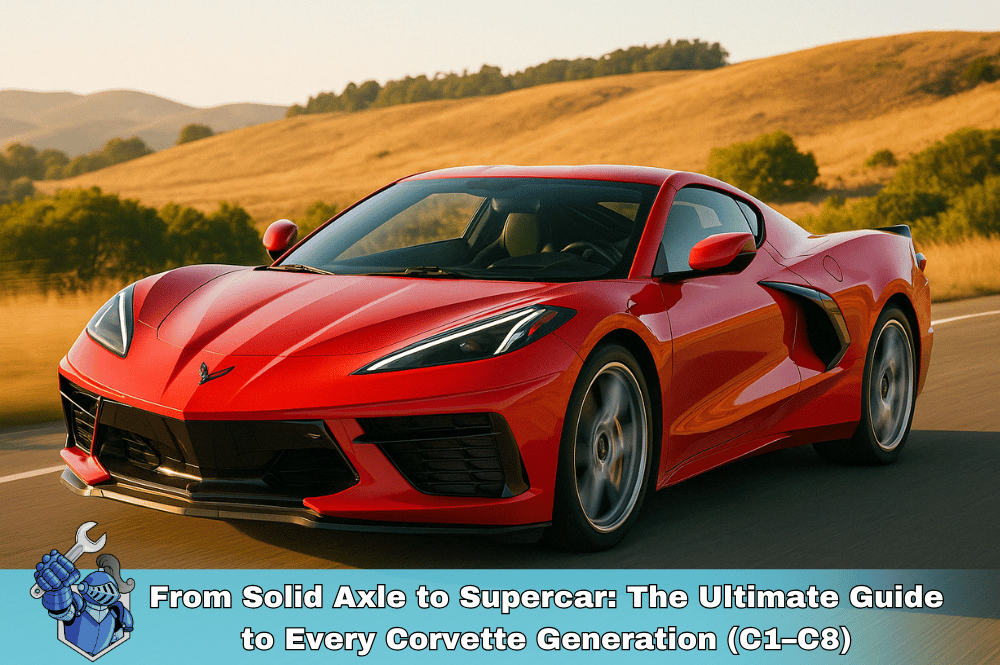
 The EV Territory Wars: US Automakers Fight for Survival
The EV Territory Wars: US Automakers Fight for Survival Drive Away Richer? Credit Card Secrets for Smart Car Buying
Drive Away Richer? Credit Card Secrets for Smart Car Buying Understanding Car Leasing: A Complete Guide for First-Timers
Understanding Car Leasing: A Complete Guide for First-Timers Family First, Finances Second? The Real Cost of Owning a Toyota Highlander
Family First, Finances Second? The Real Cost of Owning a Toyota Highlander The Crypto Long Game: Proven Strategies for Building Generational Wealth
The Crypto Long Game: Proven Strategies for Building Generational Wealth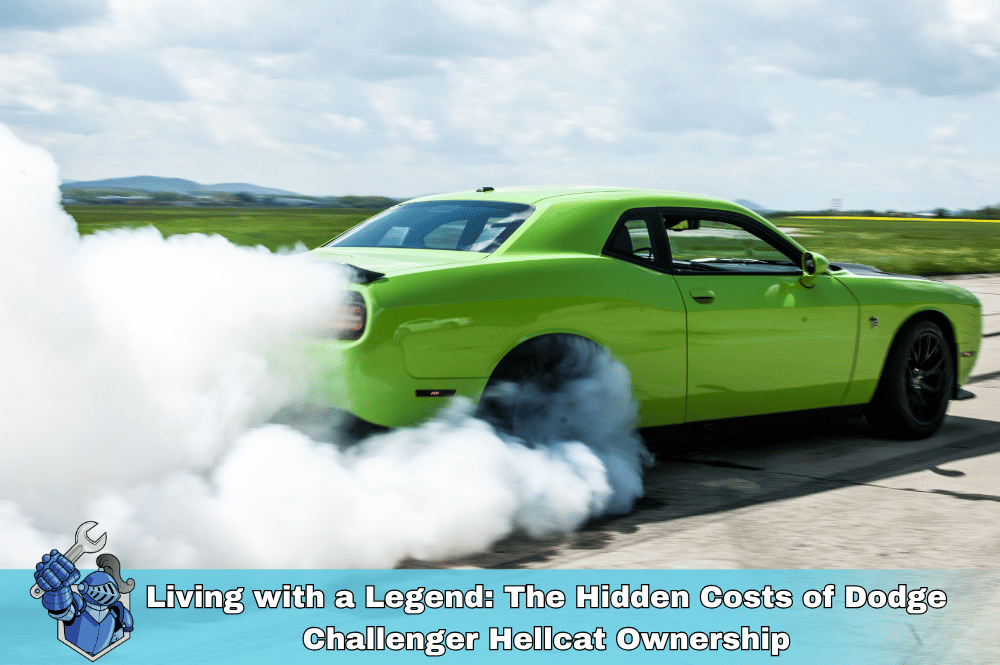 Living with a Legend: The Hidden Costs of Dodge Challenger Hellcat Ownership
Living with a Legend: The Hidden Costs of Dodge Challenger Hellcat Ownership Beyond Self-Driving: OpenAI and the Next Generation of Automotive Intelligence
Beyond Self-Driving: OpenAI and the Next Generation of Automotive Intelligence Blockchain Basics: The Technology Behind Cryptocurrencies
Blockchain Basics: The Technology Behind Cryptocurrencies New vs. Used: A Financial Showdown for Your Next Vehicle
New vs. Used: A Financial Showdown for Your Next Vehicle Depreciation Demystified: Planning for Your Car’s Future Value
Depreciation Demystified: Planning for Your Car’s Future Value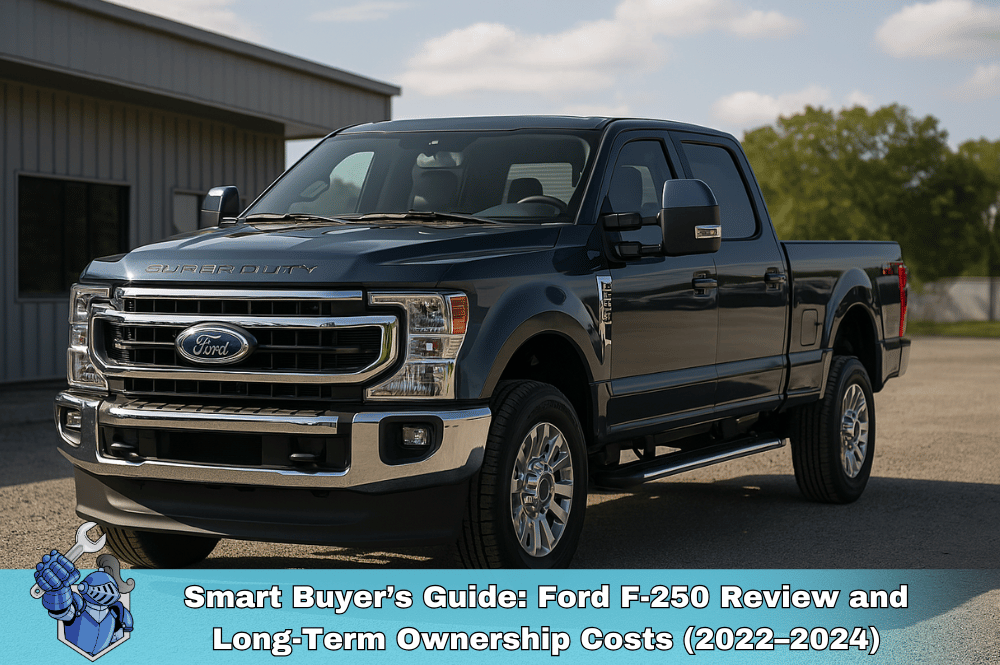 Smart Buyer’s Guide: Ford F-250 Review and Long-Term Ownership Costs (2022–2024)
Smart Buyer’s Guide: Ford F-250 Review and Long-Term Ownership Costs (2022–2024) DIY Danger? The Financial Risks of Handling Car Repairs Yourself
DIY Danger? The Financial Risks of Handling Car Repairs Yourself The Downtime Trap: How Car Repairs Can Cost You More Than Just the Bill
The Downtime Trap: How Car Repairs Can Cost You More Than Just the Bill Tech Troubles Ahead? The Rising Costs of Modern Vehicle Repairs
Tech Troubles Ahead? The Rising Costs of Modern Vehicle Repairs Drive Smart, Save Smarter: Your Guide to Budgeting for Car Care
Drive Smart, Save Smarter: Your Guide to Budgeting for Car Care Don’t Let Tariffs Hike Your Bills: The Smart Way an Extended Warranty Saves You on Car Repairs
Don’t Let Tariffs Hike Your Bills: The Smart Way an Extended Warranty Saves You on Car Repairs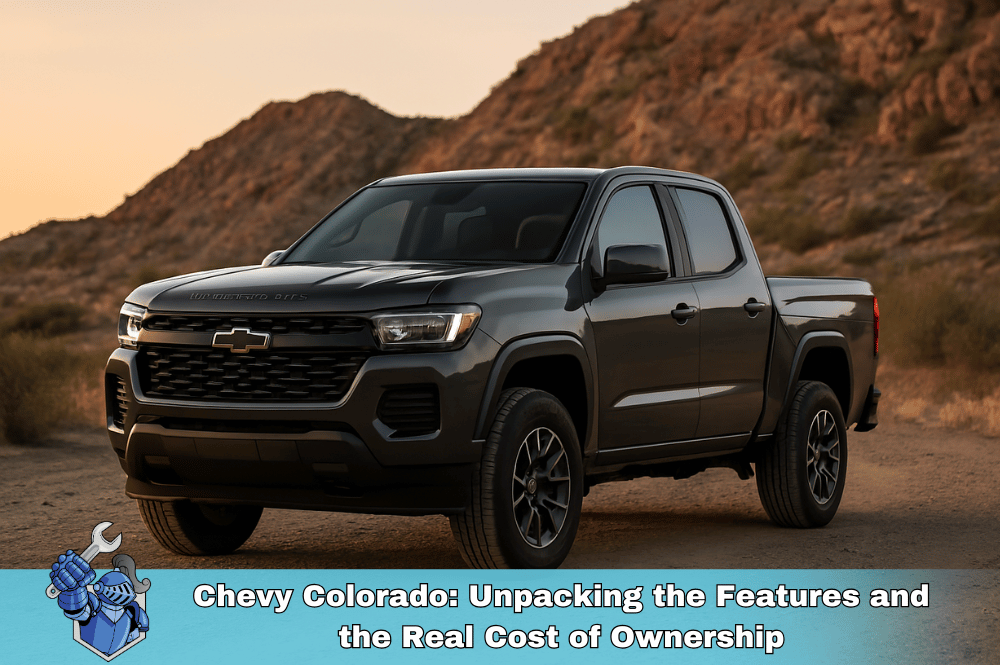 Chevy Colorado: Unpacking the Features and the Real Cost of Ownership
Chevy Colorado: Unpacking the Features and the Real Cost of Ownership Safe Kids: Your Comprehensive Guide to Child Car Seat Installation Tips and Guidelines
Safe Kids: Your Comprehensive Guide to Child Car Seat Installation Tips and Guidelines Unlock Better Opportunities: Your Guide to Understanding and Improving Your Credit Score
Unlock Better Opportunities: Your Guide to Understanding and Improving Your Credit Score Beyond the Hype: A Realistic Look at Hyundai Ioniq 5 Ownership Costs and Performance
Beyond the Hype: A Realistic Look at Hyundai Ioniq 5 Ownership Costs and Performance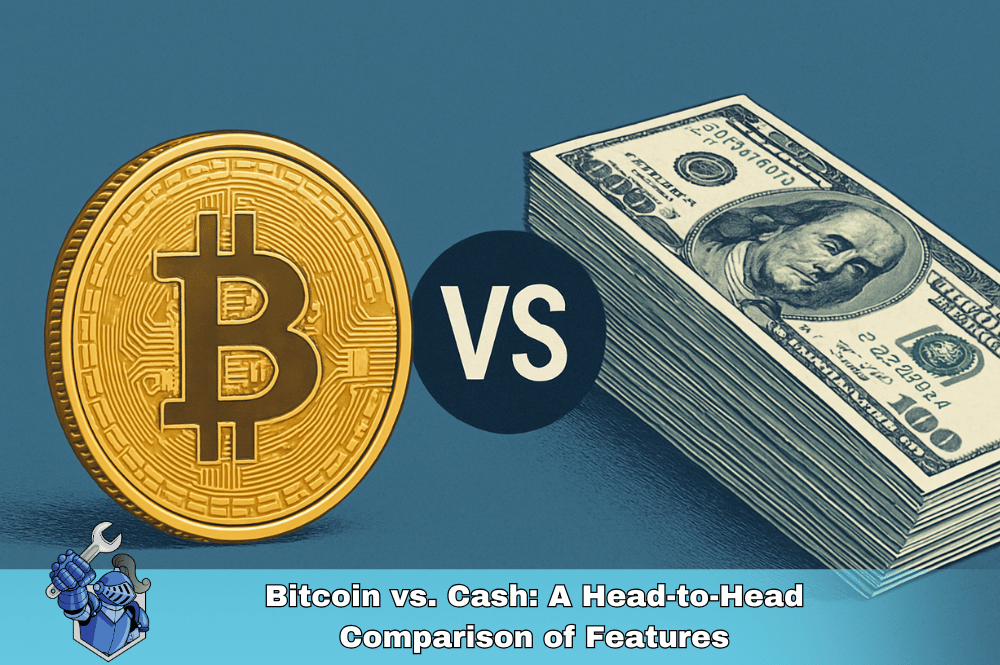 Bitcoin vs. Cash: A Head-to-Head Comparison of Features
Bitcoin vs. Cash: A Head-to-Head Comparison of Features Decoding Your Wallet: The Benefits of Using Cash and Credit Wisely
Decoding Your Wallet: The Benefits of Using Cash and Credit Wisely Kia Telluride Review: Unpacking the Features and the Real Cost to Own
Kia Telluride Review: Unpacking the Features and the Real Cost to Own NobleQuote: Best Auto Protection, Not Just the Oldest
NobleQuote: Best Auto Protection, Not Just the Oldest What is a Home Warranty and Do You Need One?
What is a Home Warranty and Do You Need One?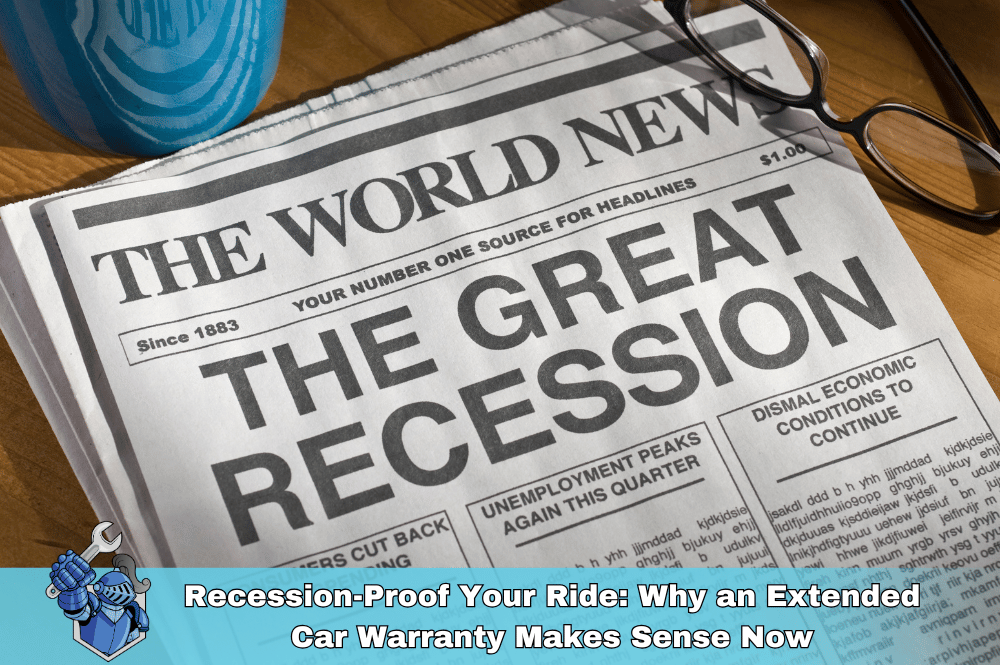 Recession-Proof Your Ride: Why an Extended Car Warranty Makes Sense Now
Recession-Proof Your Ride: Why an Extended Car Warranty Makes Sense Now RV Road Trip Ready: Secure Your Adventures with Extended Warranty Coverage
RV Road Trip Ready: Secure Your Adventures with Extended Warranty Coverage Stop Paying for Potholes: The Smart Way to Protect Your Wheels and Tires
Stop Paying for Potholes: The Smart Way to Protect Your Wheels and Tires Don’t Get Stuck With Repair Bills: Ford Edge Warranty Coverage Explained
Don’t Get Stuck With Repair Bills: Ford Edge Warranty Coverage Explained Navigating the Online Vehicle Marketplace: Your Comprehensive Guide to Finding the Perfect Car or Truck
Navigating the Online Vehicle Marketplace: Your Comprehensive Guide to Finding the Perfect Car or Truck Maximize Your Savings: Understanding Your Vehicle Service Contract Deductible Options
Maximize Your Savings: Understanding Your Vehicle Service Contract Deductible Options Vehicle Service Contracts for SUVs and Trucks: Protecting Your Investment
Vehicle Service Contracts for SUVs and Trucks: Protecting Your Investment What to Do If Your Vehicle Service Contract Claim Is Denied
What to Do If Your Vehicle Service Contract Claim Is Denied What Happens to My Vehicle Service Contract If I Sell My Car?
What Happens to My Vehicle Service Contract If I Sell My Car? Extended Car Warranty with Active Factory Coverage: Smart Move or Waste of Money?
Extended Car Warranty with Active Factory Coverage: Smart Move or Waste of Money?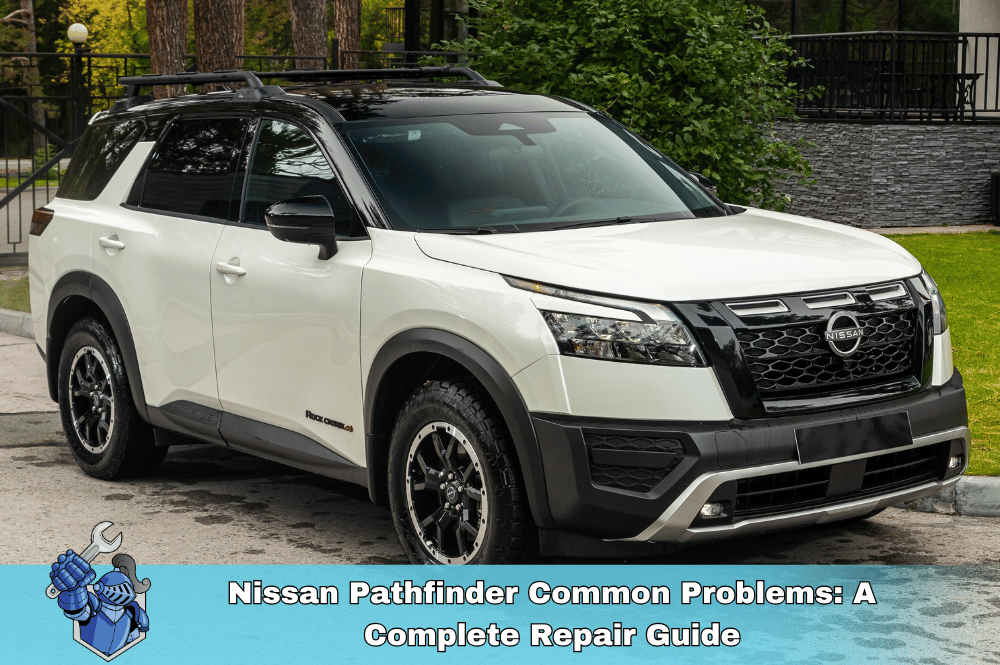 Nissan Pathfinder Common Problems: A Complete Repair Guide
Nissan Pathfinder Common Problems: A Complete Repair Guide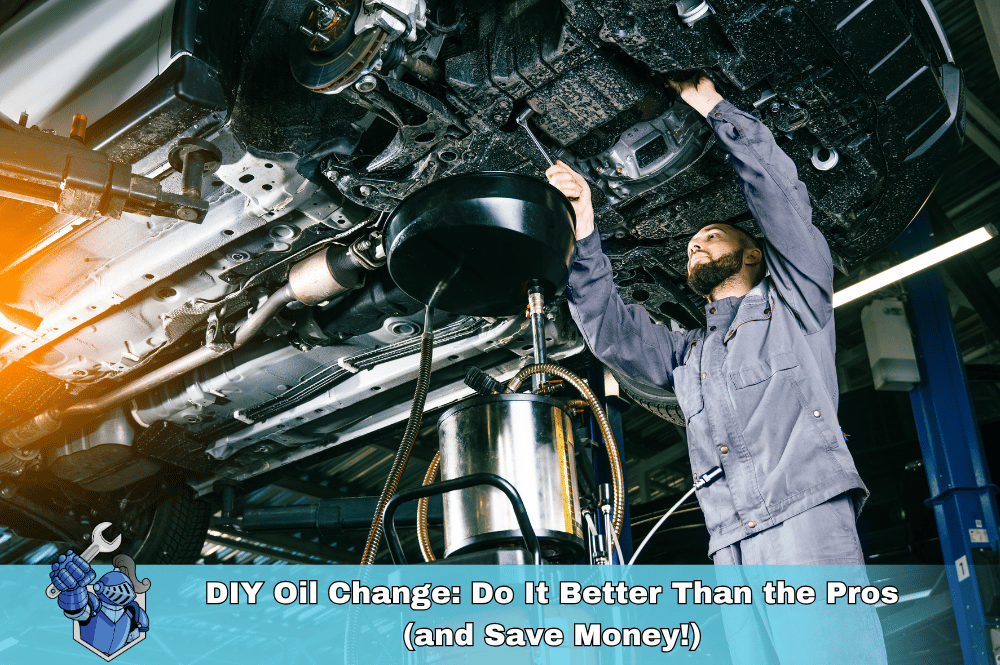 DIY Oil Change: Do It Better Than the Pros (and Save Money!)
DIY Oil Change: Do It Better Than the Pros (and Save Money!) Keeping vs. Selling: Weighing Your Car Options & the Value of an Extended Car Warranty
Keeping vs. Selling: Weighing Your Car Options & the Value of an Extended Car Warranty Beyond Coverage: How Extended Warranties Can Expedite Your Car Repairs Amid Supply Chain Challenges
Beyond Coverage: How Extended Warranties Can Expedite Your Car Repairs Amid Supply Chain Challenges Protecting Your Ride Like Jalen Protects the Pocket: Cars, Eagles, and Smart Investments
Protecting Your Ride Like Jalen Protects the Pocket: Cars, Eagles, and Smart Investments Rivian R1S Review: Is This the Ultimate Electric Adventure SUV? (2025)
Rivian R1S Review: Is This the Ultimate Electric Adventure SUV? (2025)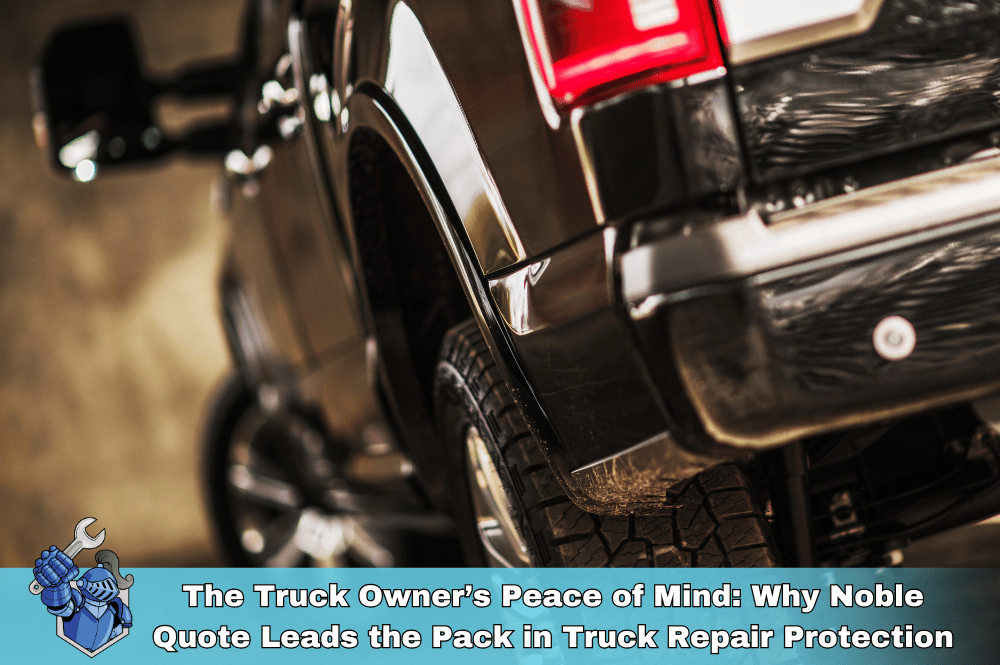 The Truck Owner’s Peace of Mind: Why Noble Quote Leads the Pack in Truck Repair Protection
The Truck Owner’s Peace of Mind: Why Noble Quote Leads the Pack in Truck Repair Protection Noble Quote: Driving with Confidence, Protected from Unexpected Repairs
Noble Quote: Driving with Confidence, Protected from Unexpected Repairs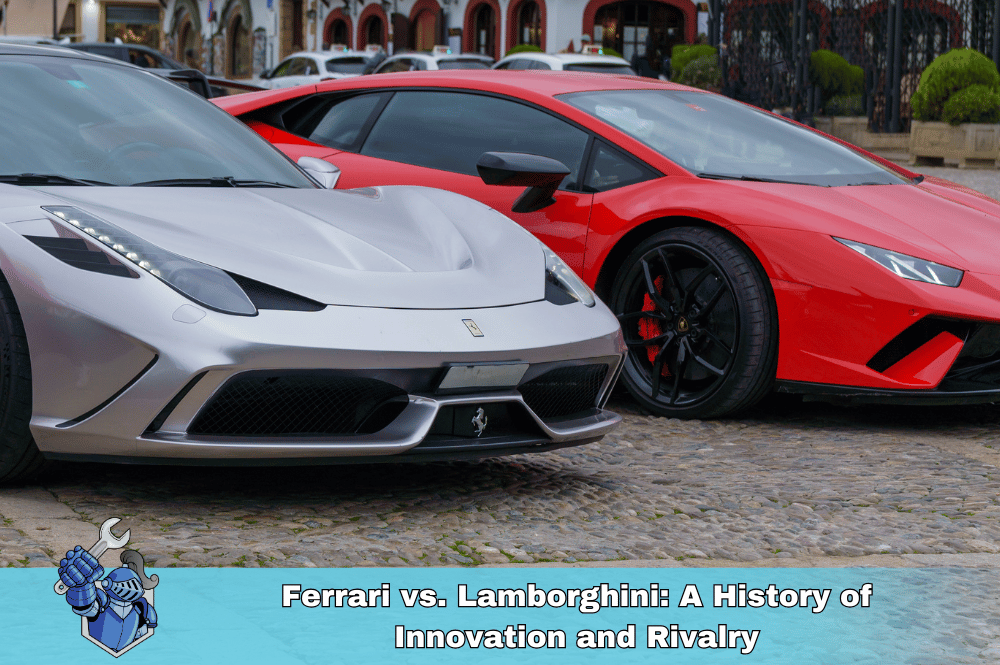 Ferrari vs. Lamborghini: A History of Innovation and Rivalry
Ferrari vs. Lamborghini: A History of Innovation and Rivalry Porsche GT3: Beyond the Numbers – The Soul-Stirring GT3 Experience
Porsche GT3: Beyond the Numbers – The Soul-Stirring GT3 Experience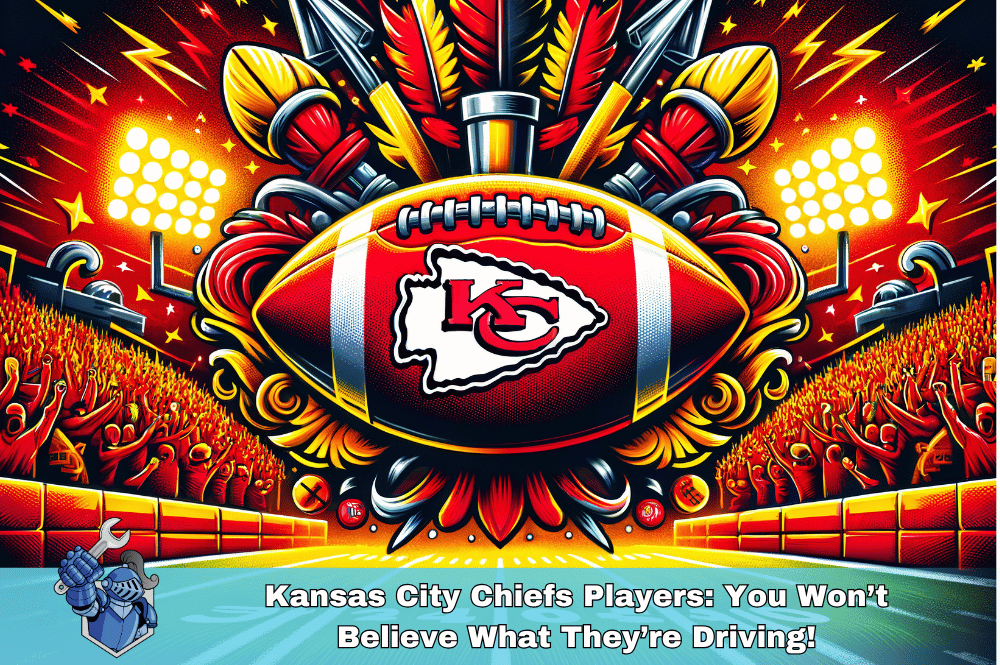 Kansas City Chiefs Players: You Won’t Believe What They’re Driving!
Kansas City Chiefs Players: You Won’t Believe What They’re Driving!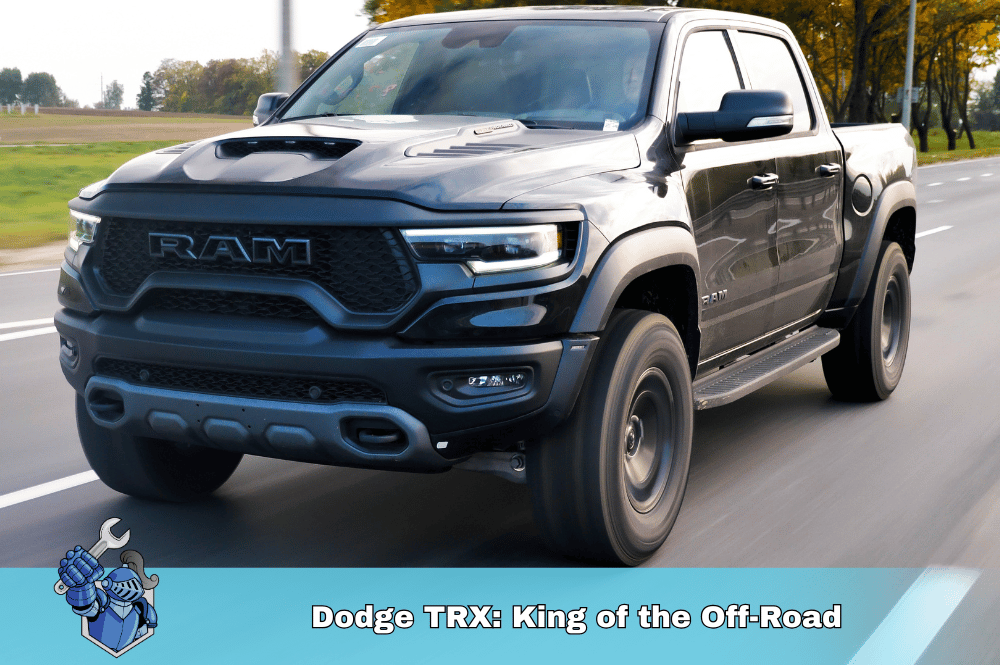 Dodge TRX: King of the Off-Road
Dodge TRX: King of the Off-Road Ford Raptor Extended Warranty Guide: Conquer the Road with Confidence
Ford Raptor Extended Warranty Guide: Conquer the Road with Confidence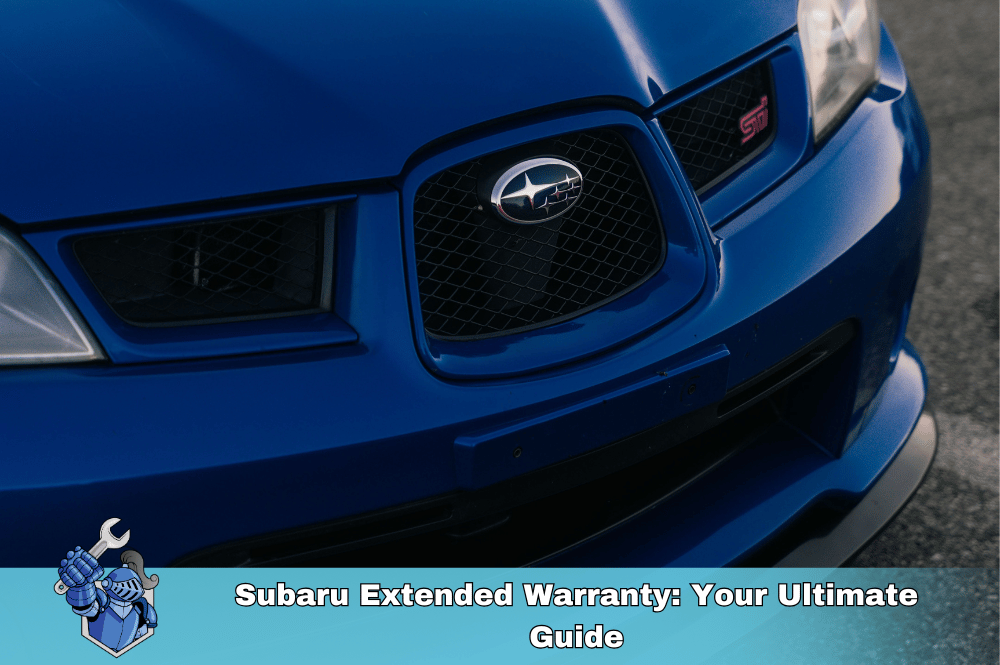 Subaru Extended Warranty: Your Ultimate Guide
Subaru Extended Warranty: Your Ultimate Guide Protect Your Car & the Planet: Introducing NobleQuote's Green Choice Program
Protect Your Car & the Planet: Introducing NobleQuote's Green Choice Program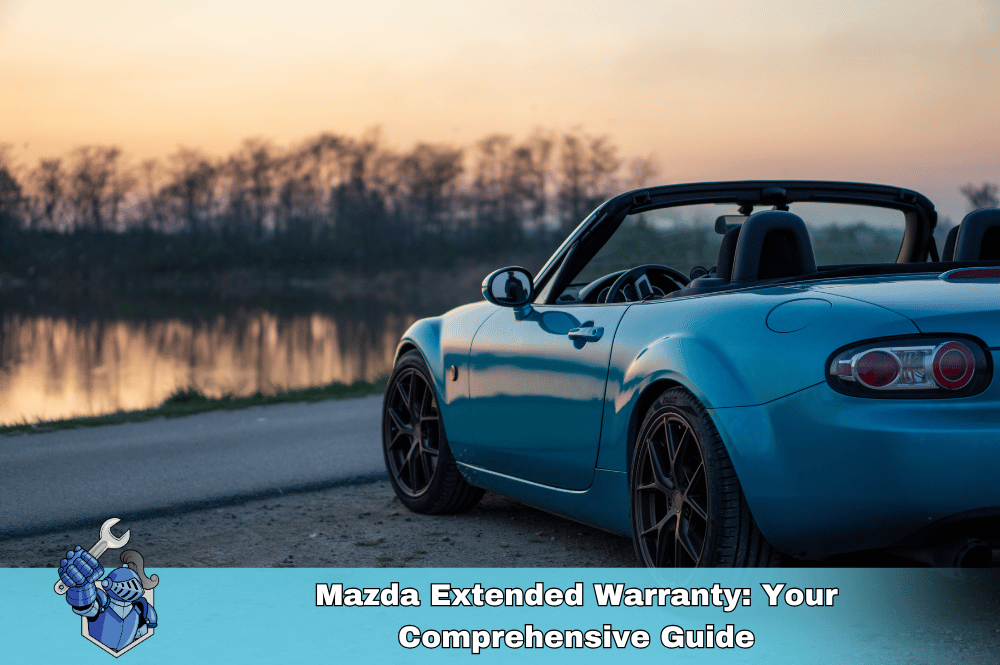 Mazda Extended Warranty: Your Comprehensive Guide
Mazda Extended Warranty: Your Comprehensive Guide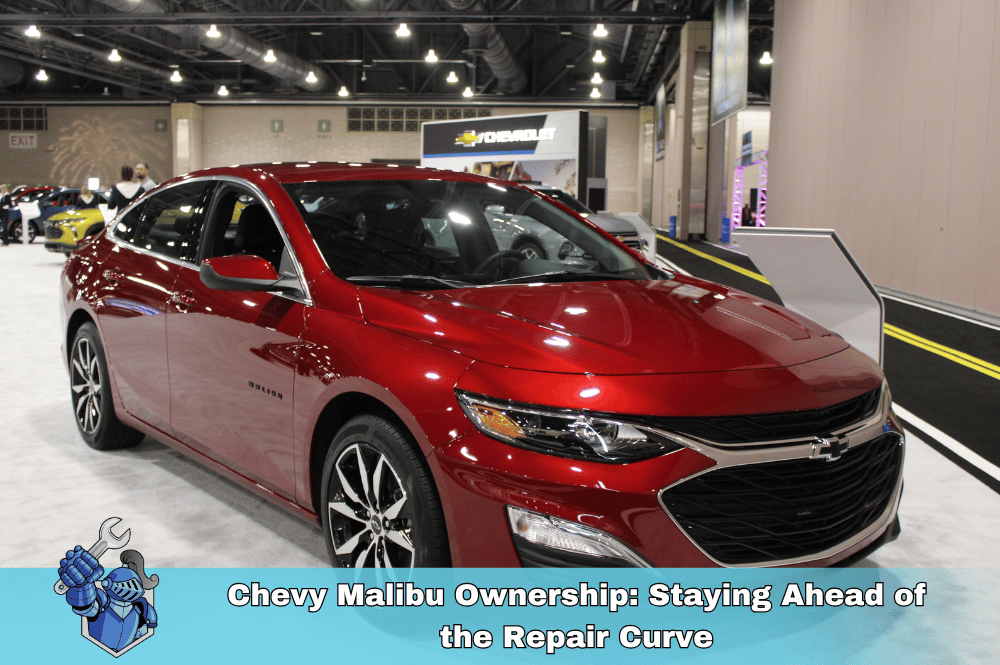 Chevy Malibu Ownership: Staying Ahead of the Repair Curve
Chevy Malibu Ownership: Staying Ahead of the Repair Curve The Most Common Car Breakdowns of 2025 (And How to Avoid Them)
The Most Common Car Breakdowns of 2025 (And How to Avoid Them)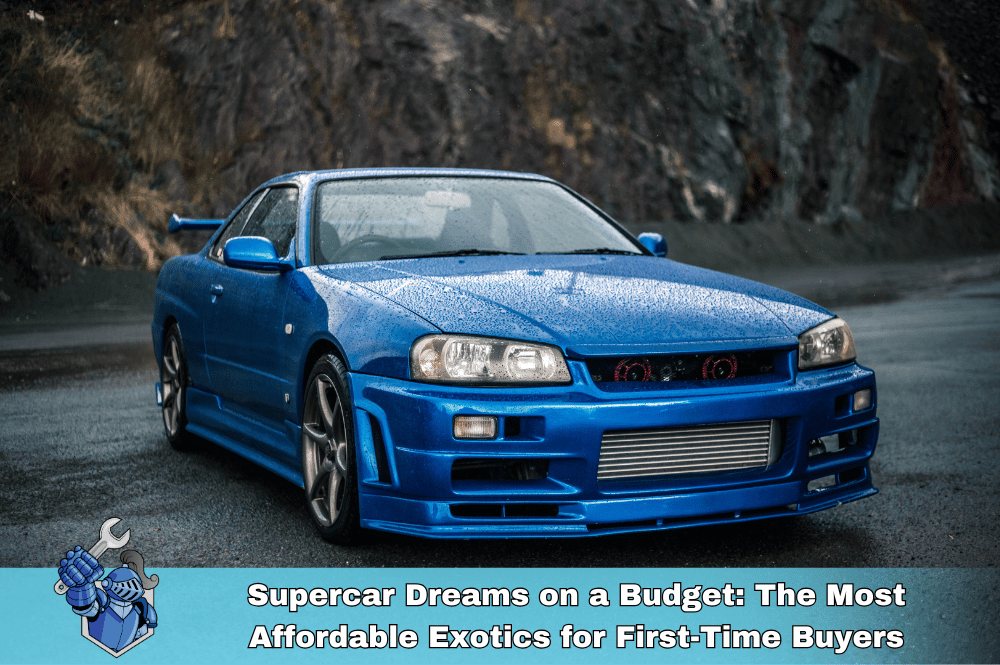 Supercar Dreams on a Budget: The Most Affordable Exotics for First-Time Buyers
Supercar Dreams on a Budget: The Most Affordable Exotics for First-Time Buyers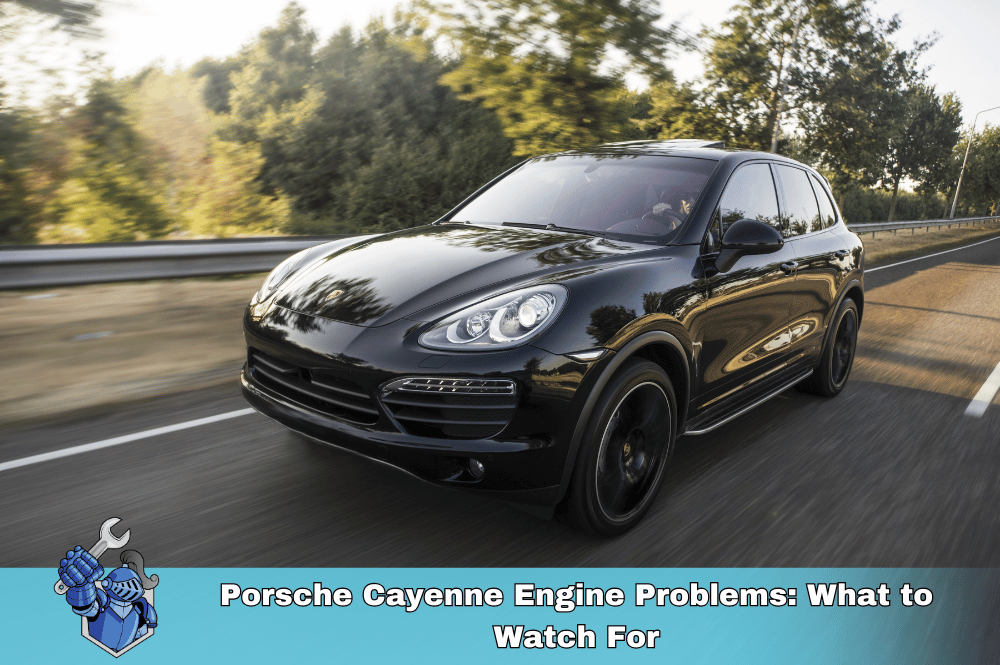 Porsche Cayenne Engine Problems: What to Watch For
Porsche Cayenne Engine Problems: What to Watch For The Future of Racing: Electric Cars, Autonomous Vehicles, and Beyond
The Future of Racing: Electric Cars, Autonomous Vehicles, and Beyond We've Moved! Noble Quote's New Home at the Lake of the Ozarks
We've Moved! Noble Quote's New Home at the Lake of the Ozarks Warranty Myths Busted: Don't Fall for These Common Misconceptions
Warranty Myths Busted: Don't Fall for These Common Misconceptions The "New Car Smell" Doesn't Last Forever: Protecting Your Investment Long-Term
The "New Car Smell" Doesn't Last Forever: Protecting Your Investment Long-Term Forza: The Perfect Blend of Simulation and Arcade Fun
Forza: The Perfect Blend of Simulation and Arcade Fun If NASCAR Had Car Warranties: The Pit Stop Chaos You’d See
If NASCAR Had Car Warranties: The Pit Stop Chaos You’d See 5 Car Problems That’ll Make You Wish You Had an Extended Warranty
5 Car Problems That’ll Make You Wish You Had an Extended Warranty Beyond F1: Exploring the World's Most Extreme Racing Series
Beyond F1: Exploring the World's Most Extreme Racing Series The Greatest NASCAR Rivalries of All Time: On-Track Battles and Off-Track Drama
The Greatest NASCAR Rivalries of All Time: On-Track Battles and Off-Track Drama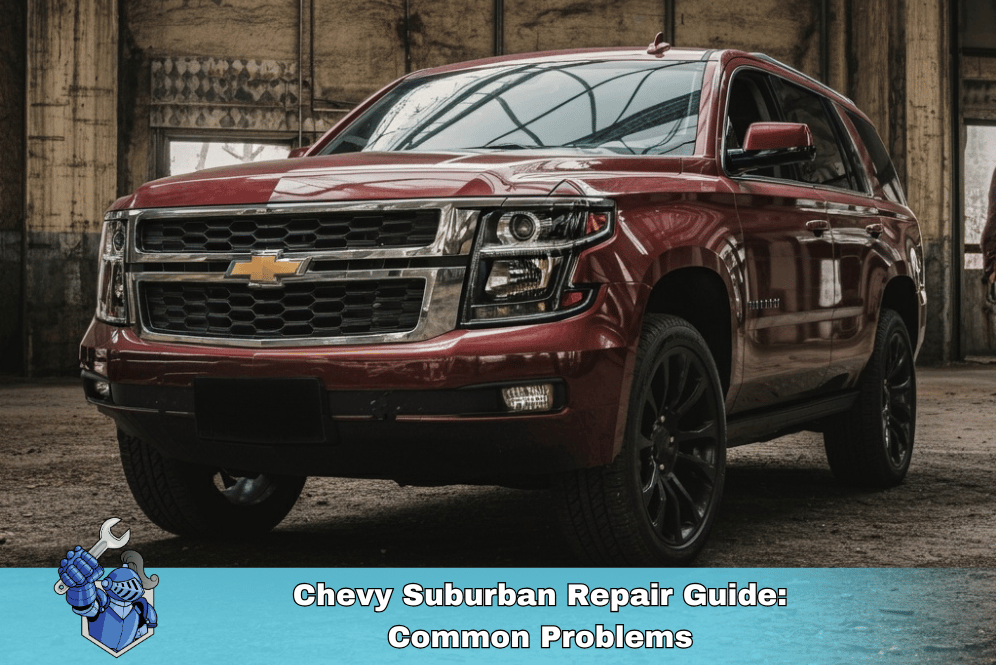 Chevy Suburban Repair Guide: Common Problems
Chevy Suburban Repair Guide: Common Problems Cupid's Got Horsepower: Rev Up Your Valentine's Day!
Cupid's Got Horsepower: Rev Up Your Valentine's Day! 10 Things You Didn't Know About James Bond’s Aston Martin DB5
10 Things You Didn't Know About James Bond’s Aston Martin DB5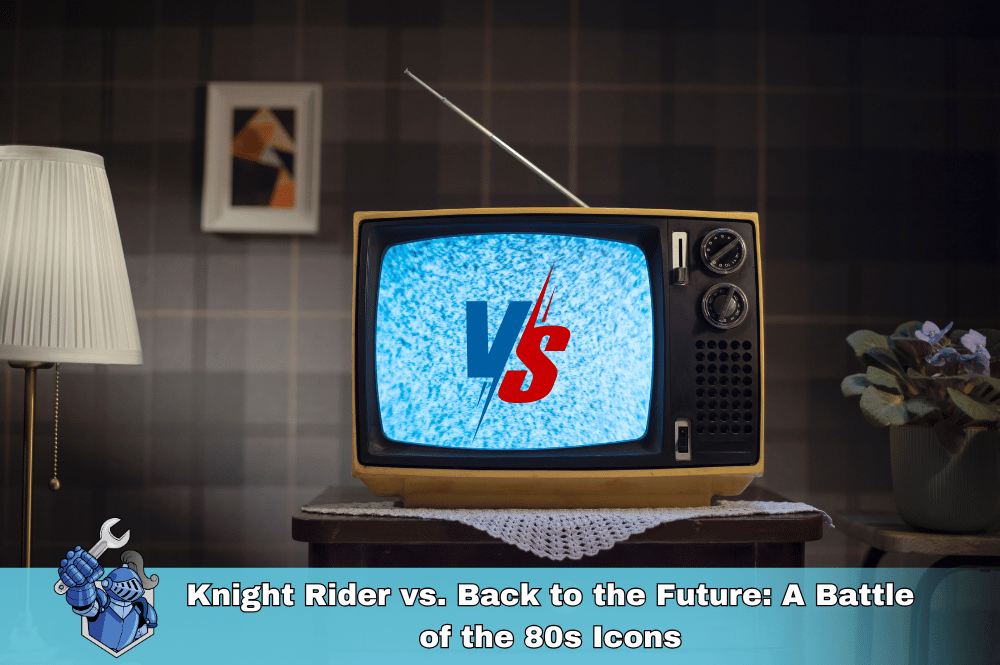 Knight Rider vs. Back to the Future: A Battle of the 80s Icons
Knight Rider vs. Back to the Future: A Battle of the 80s Icons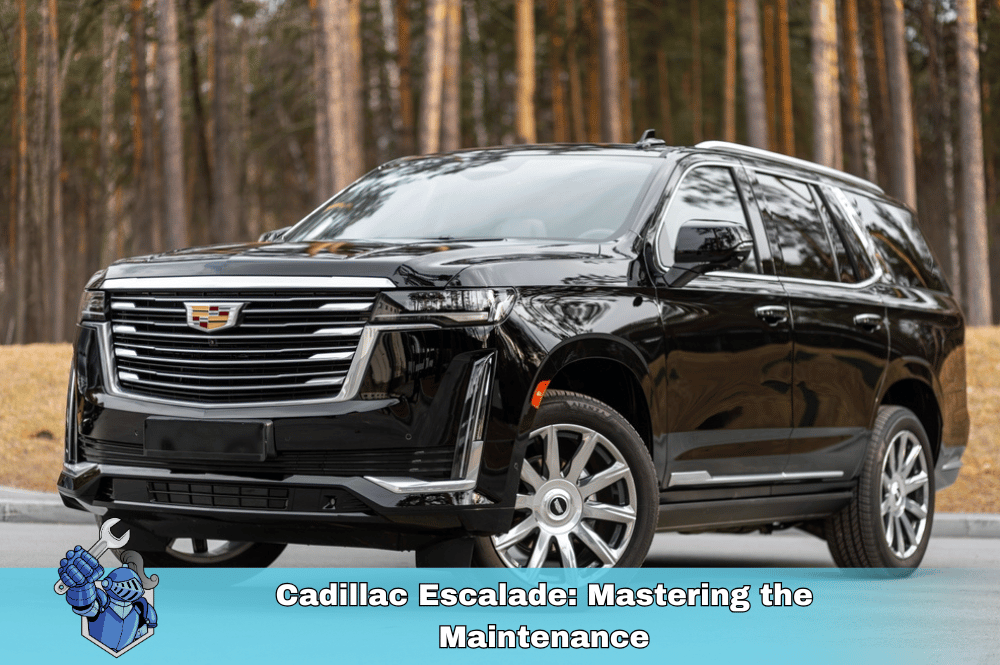 Cadillac Escalade: Mastering the Maintenance
Cadillac Escalade: Mastering the Maintenance Noble Quote vs. Omega Auto Care: Which Auto Warranty Is Right for You?
Noble Quote vs. Omega Auto Care: Which Auto Warranty Is Right for You? Charging Your Peace of Mind: Using a Credit Card to Buy a Car Warranty
Charging Your Peace of Mind: Using a Credit Card to Buy a Car Warranty Best Extended Warranty for Your Ford: Noble Quote or Ford Protect?
Best Extended Warranty for Your Ford: Noble Quote or Ford Protect? Extended Warranty vs. Self-Insuring: Which Is Right for You?
Extended Warranty vs. Self-Insuring: Which Is Right for You? Don’t Buy a Honda Warranty Before Reading This! Noble Quote vs. HondaCare
Don’t Buy a Honda Warranty Before Reading This! Noble Quote vs. HondaCare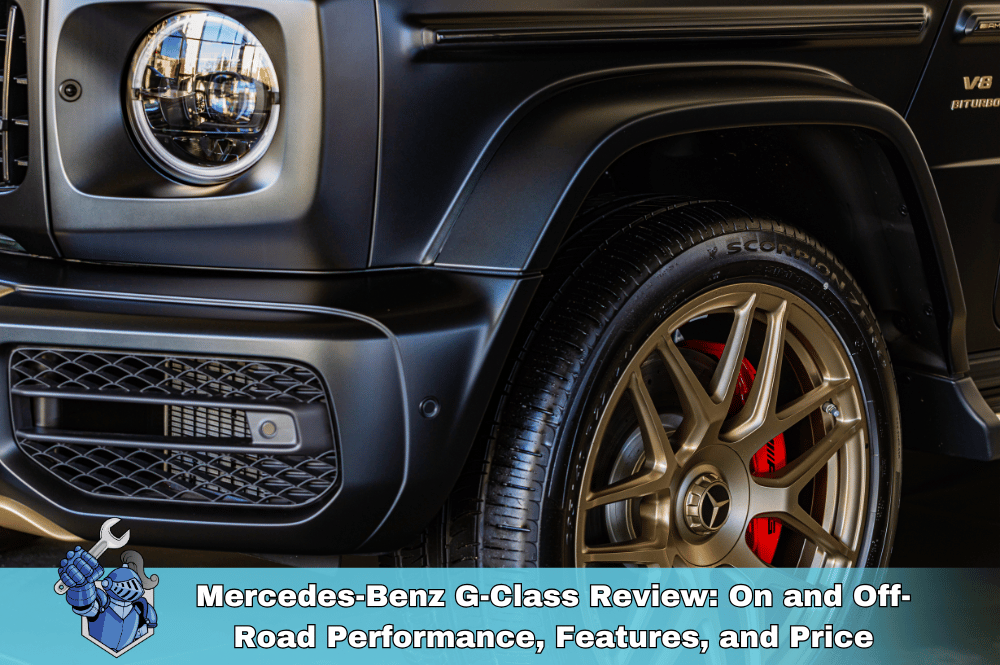 Mercedes-Benz G-Class Review: On and Off-Road Performance, Features, and Price
Mercedes-Benz G-Class Review: On and Off-Road Performance, Features, and Price Avoid Costly Repairs: Noble Quote vs. Ox Car Care Warranties
Avoid Costly Repairs: Noble Quote vs. Ox Car Care Warranties Affordable Protection: Noble Quote vs. Autopom Warranty Pricing
Affordable Protection: Noble Quote vs. Autopom Warranty Pricing CarMax MaxCare vs. Noble Quote: Extended Warranty Showdown
CarMax MaxCare vs. Noble Quote: Extended Warranty Showdown Top 5 Most Expensive Car Repairs Your Manufacturer Warranty WON'T Cover
Top 5 Most Expensive Car Repairs Your Manufacturer Warranty WON'T Cover From Referrals to Reviews: Finding the Perfect Repair Shop for You
From Referrals to Reviews: Finding the Perfect Repair Shop for You Speaking Car: How to Clearly Communicate with Your Mechanic
Speaking Car: How to Clearly Communicate with Your Mechanic Selling Your Soul for an Extended Car Warranty (And Why They Keep Calling)
Selling Your Soul for an Extended Car Warranty (And Why They Keep Calling)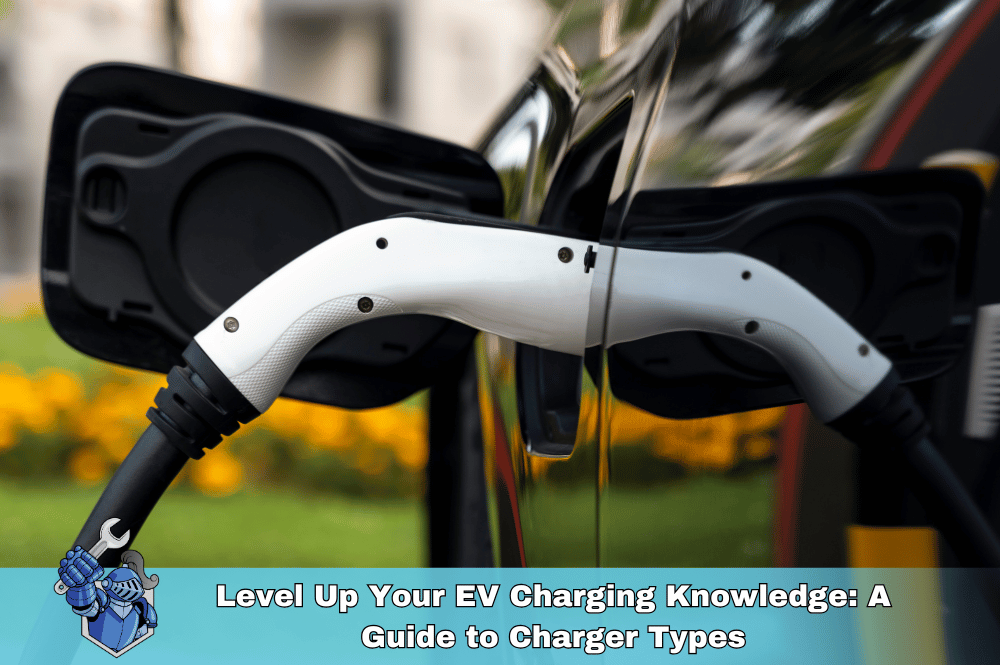 Level Up Your EV Charging Knowledge: A Guide to Charger Types
Level Up Your EV Charging Knowledge: A Guide to Charger Types Why Is My Car Heater Blowing Cold Air?
Why Is My Car Heater Blowing Cold Air? Bumper to Bumper Extended Warranty: What Does it Really Mean?
Bumper to Bumper Extended Warranty: What Does it Really Mean?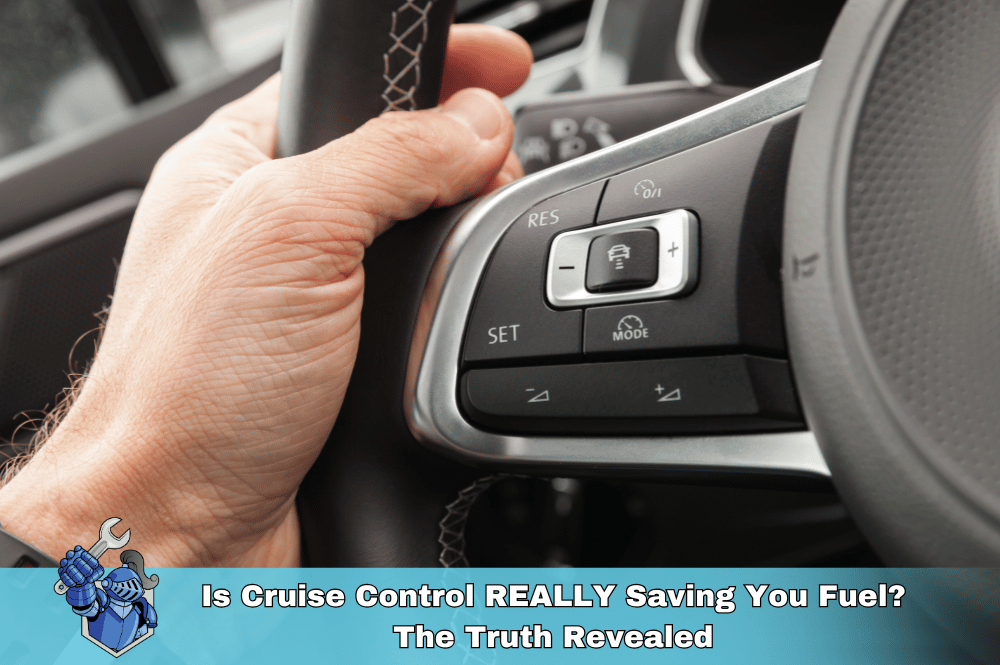 Is Cruise Control REALLY Saving You Fuel? The Truth Revealed
Is Cruise Control REALLY Saving You Fuel? The Truth Revealed Boost Your EV's Range: Tips and Tricks for Maximum Mileage
Boost Your EV's Range: Tips and Tricks for Maximum Mileage What to Do When the Dealership Makes Warranty Cancellation a Hassle
What to Do When the Dealership Makes Warranty Cancellation a Hassle Why Can’t I Include My Warranty in My Car Financing? Answers to Your Top Questions
Why Can’t I Include My Warranty in My Car Financing? Answers to Your Top Questions Car Safety Technology: How Advanced Driver-Assistance Systems (ADAS) Are Changing the Game (and Your Insurance Rates)
Car Safety Technology: How Advanced Driver-Assistance Systems (ADAS) Are Changing the Game (and Your Insurance Rates) Skip the Dealership: The Rise of Online Car Buying
Skip the Dealership: The Rise of Online Car Buying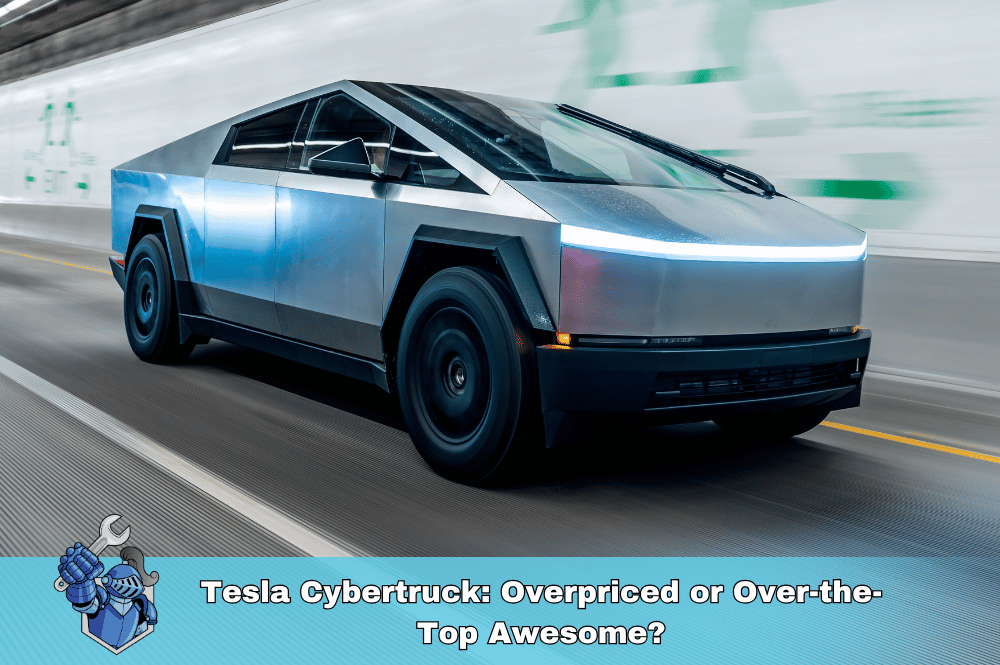 Tesla Cybertruck: Overpriced or Over-the-Top Awesome?
Tesla Cybertruck: Overpriced or Over-the-Top Awesome? Selling Your Car in 2025? Don’t Make These Mistakes!
Selling Your Car in 2025? Don’t Make These Mistakes! Maximize Your Tesla Warranty: Smart Strategies for Extended Coverage
Maximize Your Tesla Warranty: Smart Strategies for Extended Coverage 2015 Ford Explorer: Avoid Costly Repairs with the Right Extended Warranty
2015 Ford Explorer: Avoid Costly Repairs with the Right Extended Warranty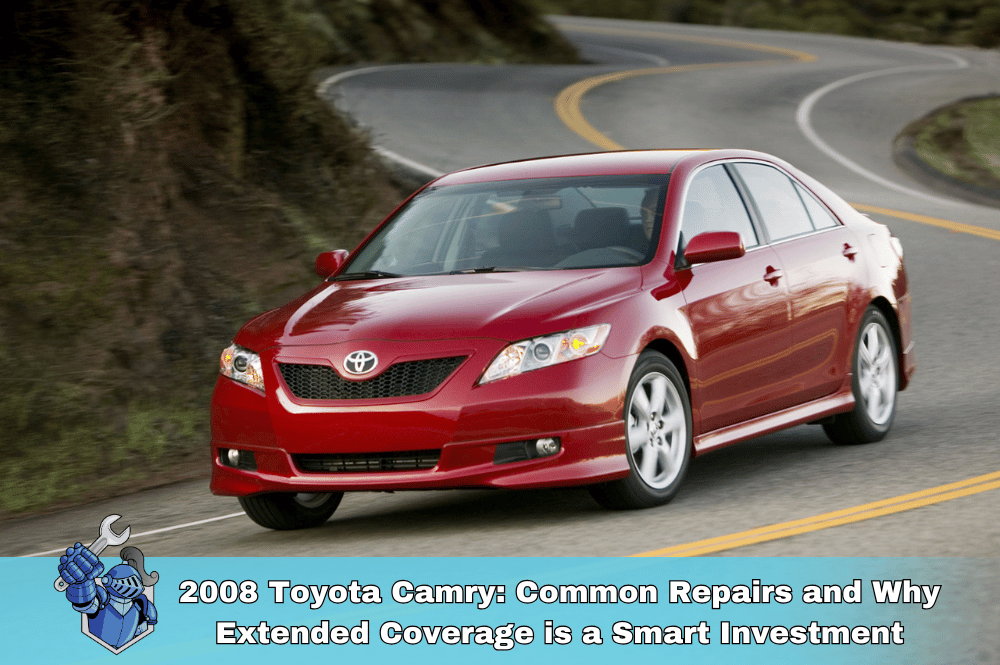 2008 Toyota Camry: Common Repairs and Why Extended Coverage is a Smart Investment
2008 Toyota Camry: Common Repairs and Why Extended Coverage is a Smart Investment Electric Vehicles 101: What You Need to Know Before Making the Switch
Electric Vehicles 101: What You Need to Know Before Making the Switch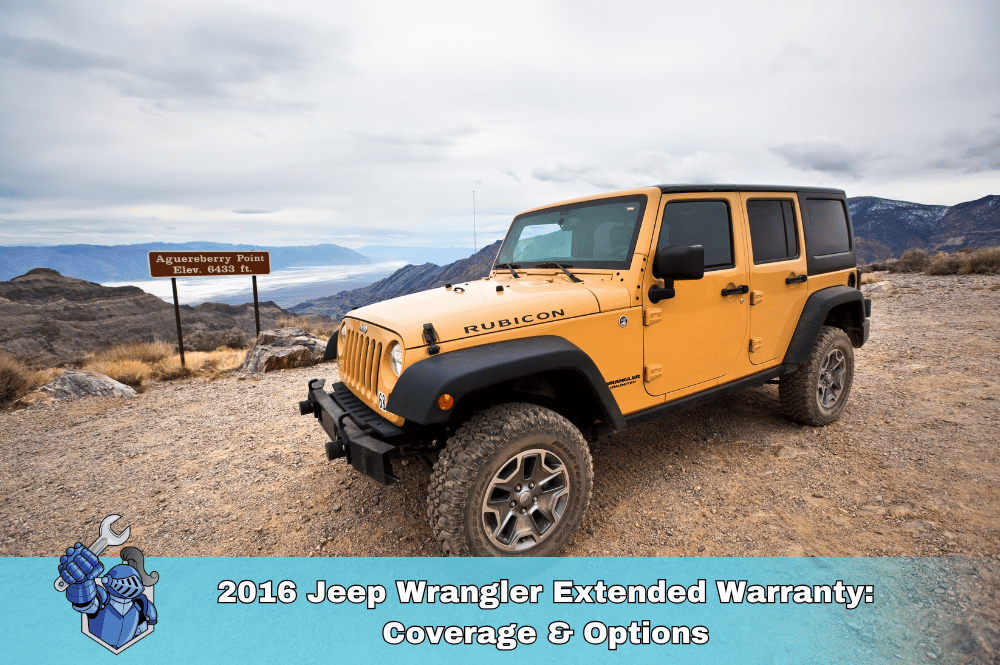 2016 Jeep Wrangler Extended Warranty: Coverage & Options
2016 Jeep Wrangler Extended Warranty: Coverage & Options Save on Car Repairs: NobleQuote vs. Toco Extended Warranty Review
Save on Car Repairs: NobleQuote vs. Toco Extended Warranty Review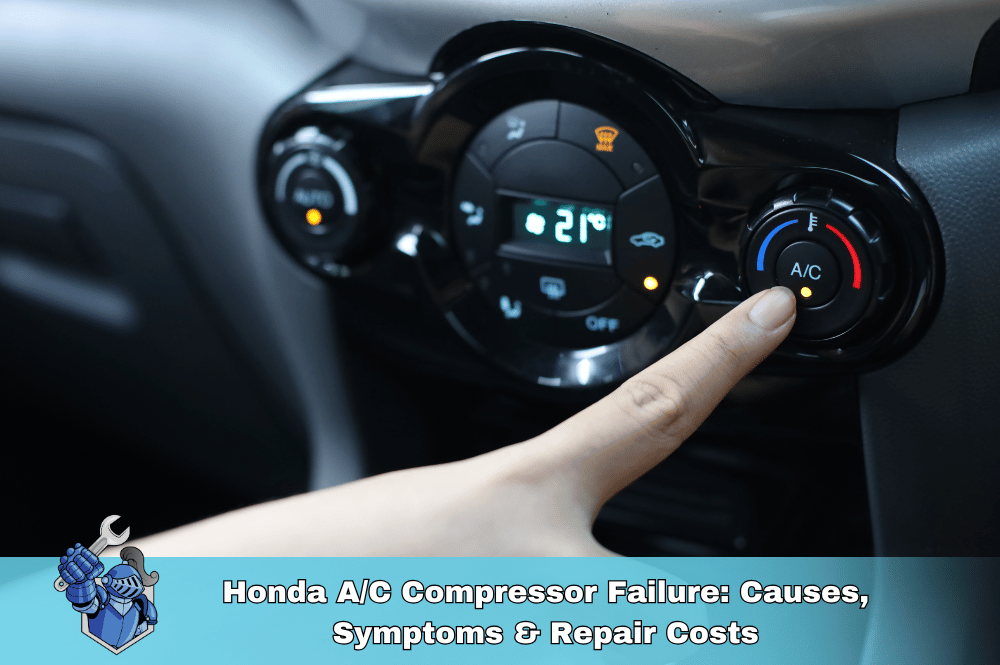 Honda A/C Compressor Failure: Causes, Symptoms & Repair Costs
Honda A/C Compressor Failure: Causes, Symptoms & Repair Costs 2015 Nissan Altima Warranty Expired? Get Extended Coverage Today!
2015 Nissan Altima Warranty Expired? Get Extended Coverage Today!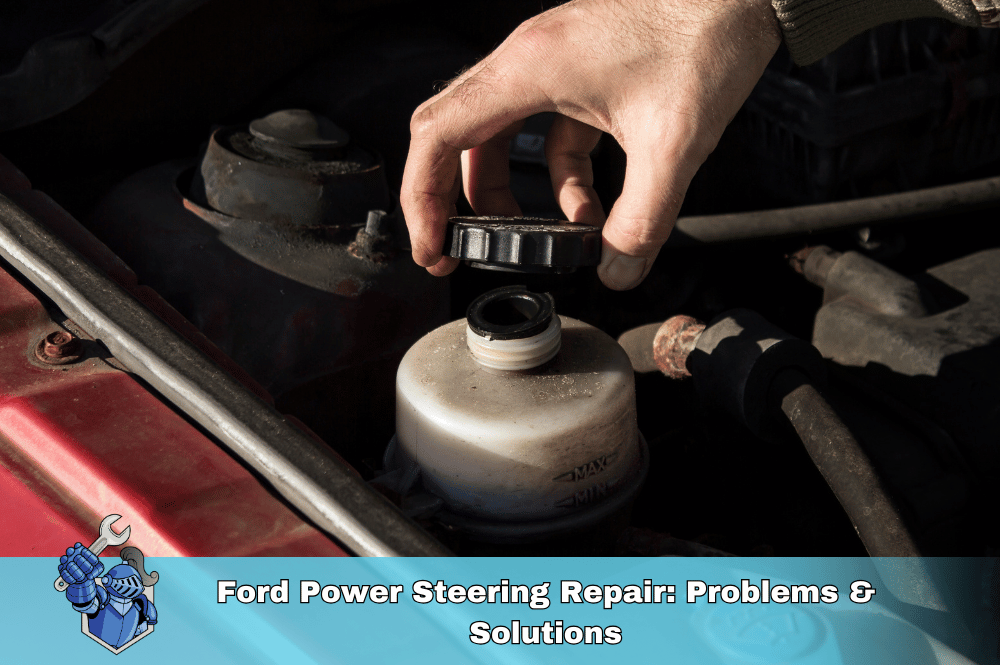 Ford Power Steering Repair: Problems & Solutions
Ford Power Steering Repair: Problems & Solutions Car Scratches Driving You Crazy? 10 Steps to Fix Them Yourself
Car Scratches Driving You Crazy? 10 Steps to Fix Them Yourself Why Your Headlights Are Turning Yellow (And How to Prevent It)
Why Your Headlights Are Turning Yellow (And How to Prevent It)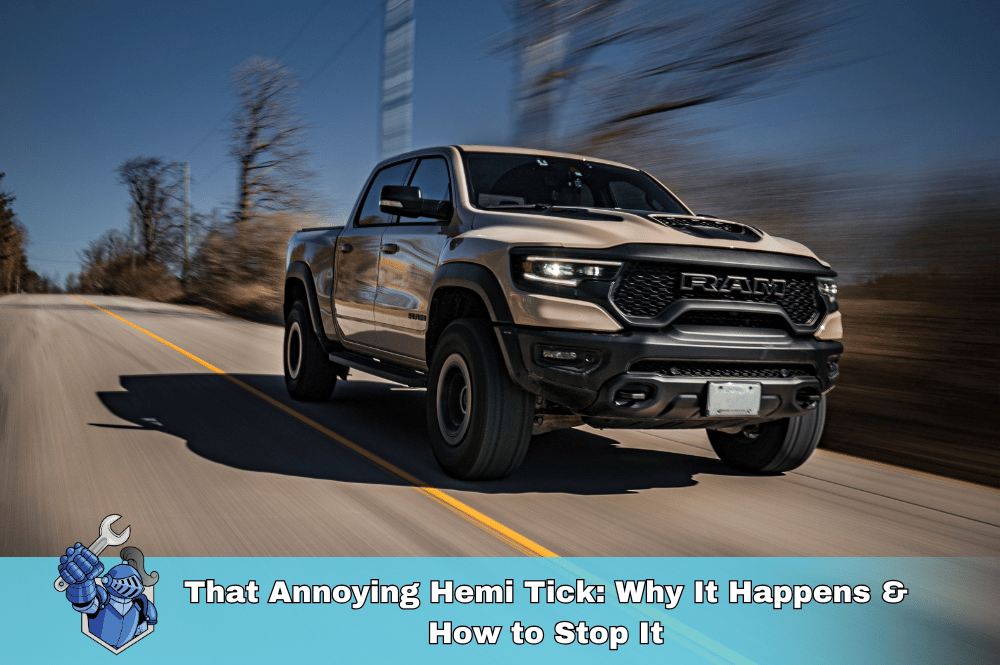 That Annoying Hemi Tick: Why It Happens & How to Stop It
That Annoying Hemi Tick: Why It Happens & How to Stop It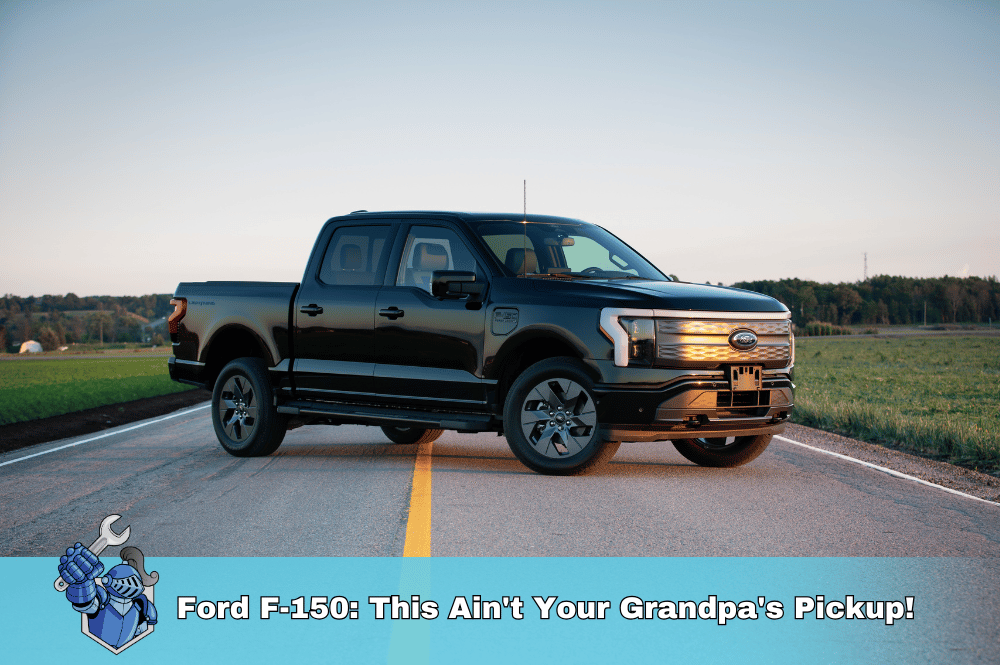 Ford F-150: This Ain't Your Grandpa's Pickup!
Ford F-150: This Ain't Your Grandpa's Pickup! Zombie Apocalypse Survival Tip #1: Get an Extended Warranty (Brains Not Included)
Zombie Apocalypse Survival Tip #1: Get an Extended Warranty (Brains Not Included) 'Tis the Season to Be Jolly... and Protected: Why an Extended Warranty is the Gift That Keeps on Giving
'Tis the Season to Be Jolly... and Protected: Why an Extended Warranty is the Gift That Keeps on Giving The Car Repair Lottery: Are You Feeling Lucky?
The Car Repair Lottery: Are You Feeling Lucky? Extended Warranty Secrets: Unlocking Surprising Perks You Didn’t Know Existed!
Extended Warranty Secrets: Unlocking Surprising Perks You Didn’t Know Existed! Car Trouble? Your Insurance Might NOT Cover This!
Car Trouble? Your Insurance Might NOT Cover This!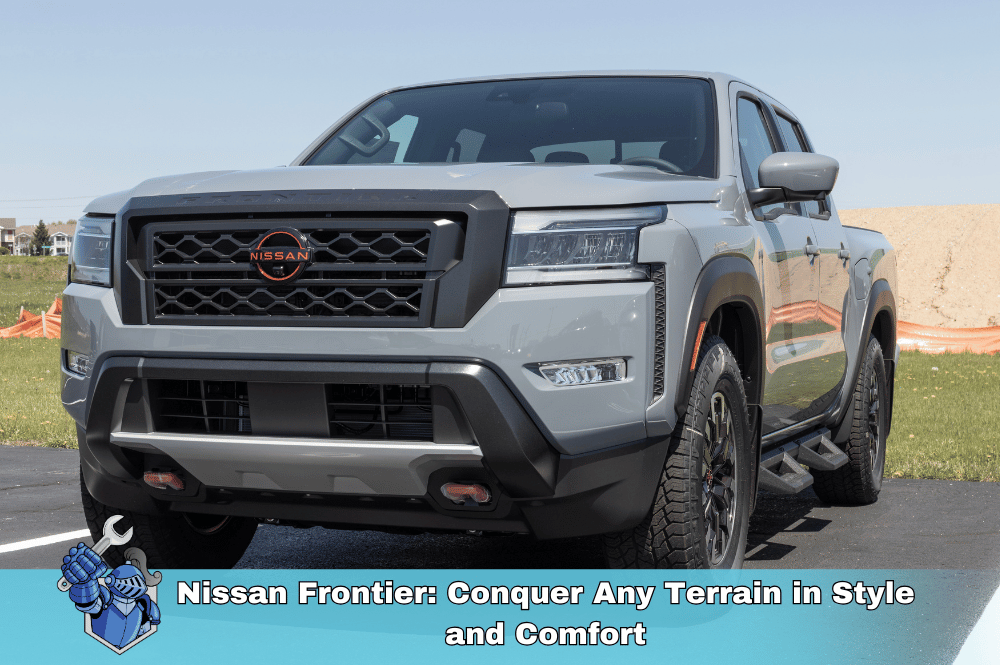 Nissan Frontier: Conquer Any Terrain in Style and Comfort
Nissan Frontier: Conquer Any Terrain in Style and Comfort Is Your Car a Ticking Time Bomb? The Unexpected Costs of Car Ownership
Is Your Car a Ticking Time Bomb? The Unexpected Costs of Car Ownership Off-Roading vs. Overlanding: What’s the Difference?
Off-Roading vs. Overlanding: What’s the Difference? Should You Buy a Truck? The Ultimate Pros and Cons List
Should You Buy a Truck? The Ultimate Pros and Cons List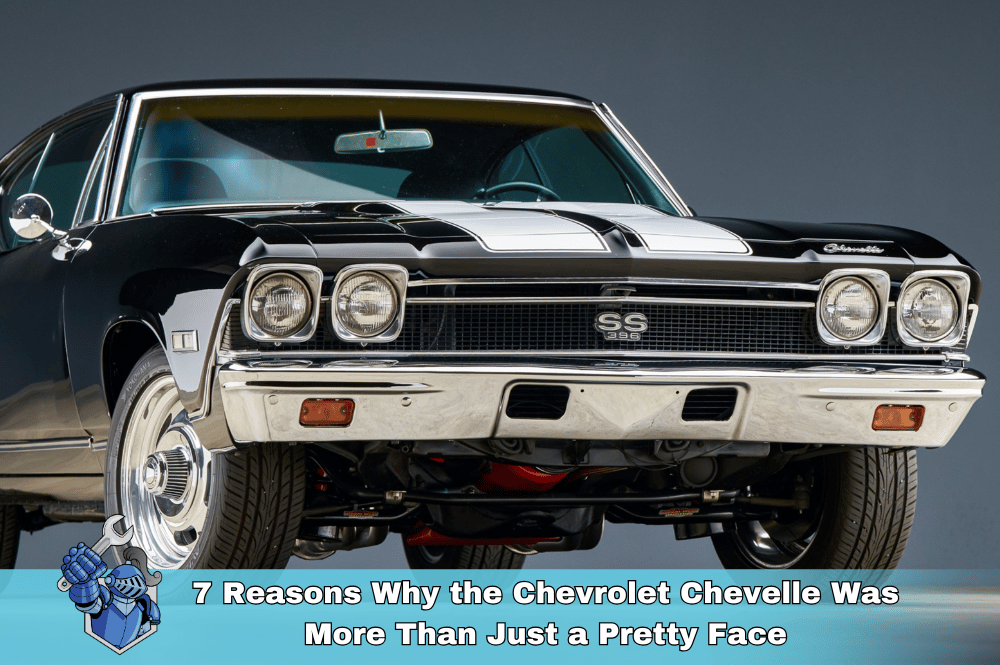 7 Reasons Why the Chevrolet Chevelle Was More Than Just a Pretty Face
7 Reasons Why the Chevrolet Chevelle Was More Than Just a Pretty Face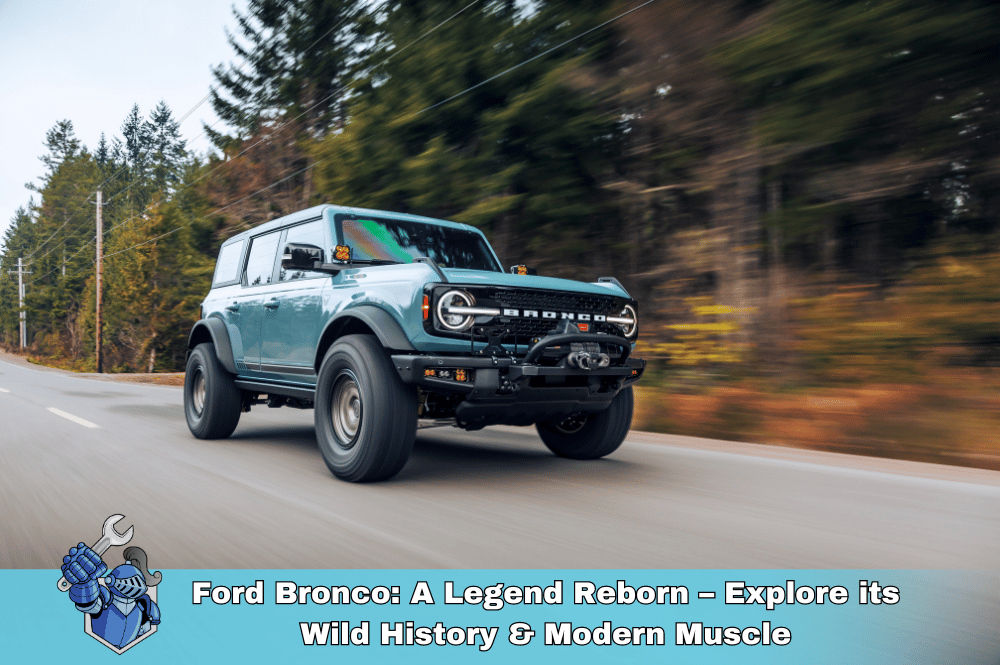 Ford Bronco: A Legend Reborn – Explore its Wild History & Modern Muscle
Ford Bronco: A Legend Reborn – Explore its Wild History & Modern Muscle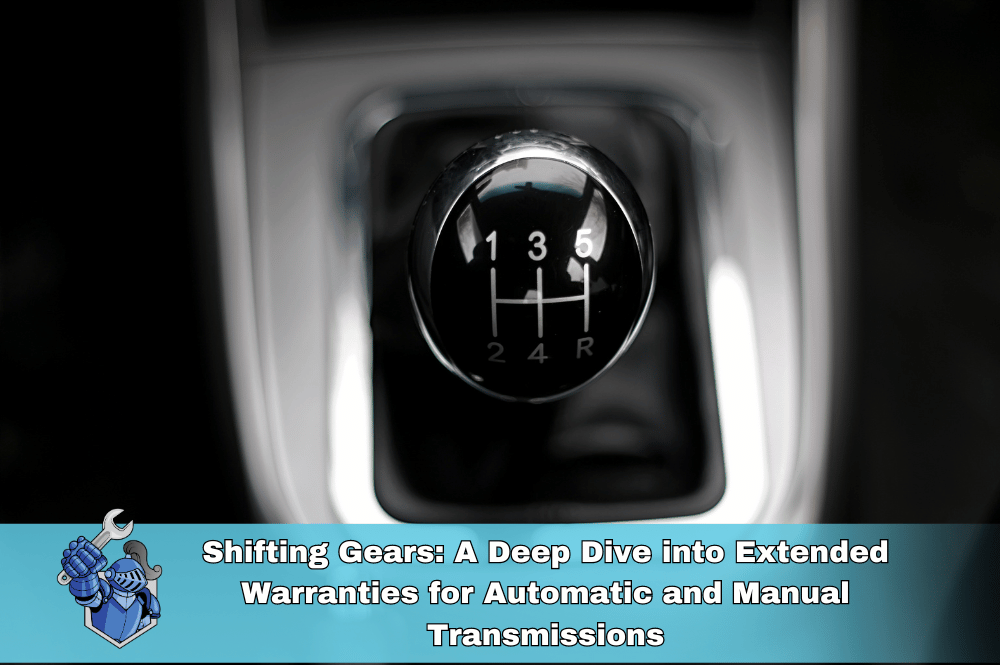 Shifting Gears: A Deep Dive into Extended Warranties for Automatic and Manual Transmissions
Shifting Gears: A Deep Dive into Extended Warranties for Automatic and Manual Transmissions Hope for the Warriors: Standing Strong for Our Veterans and Military Families
Hope for the Warriors: Standing Strong for Our Veterans and Military Families Looking for the Perfect Gift for a Car Enthusiast? Try These 10 Puzzles
Looking for the Perfect Gift for a Car Enthusiast? Try These 10 Puzzles What is an ASE Certified Mechanic? (And Why Should You Care)
What is an ASE Certified Mechanic? (And Why Should You Care)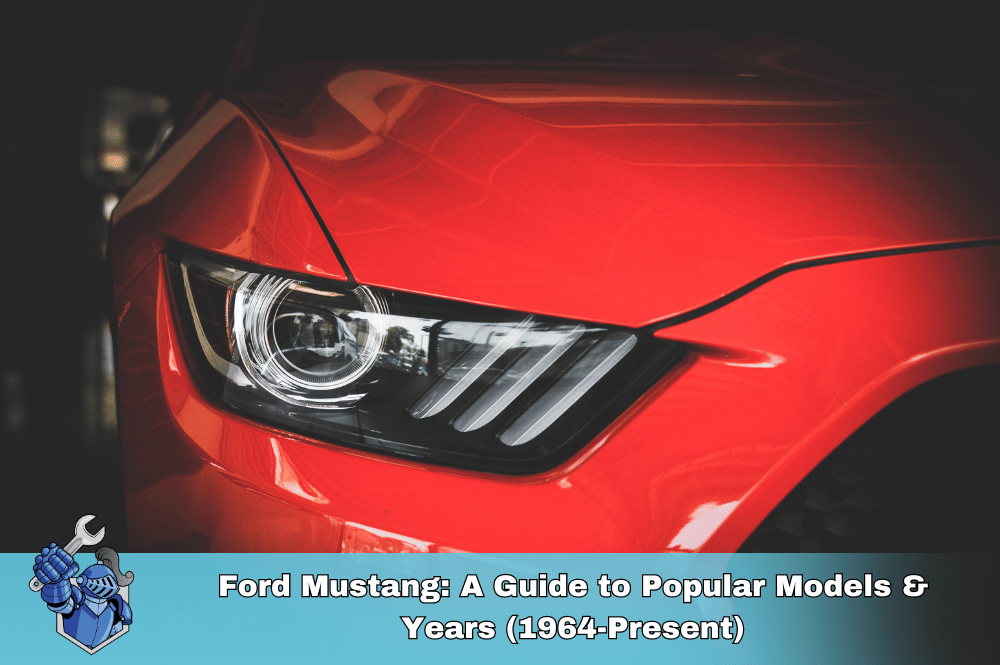 Ford Mustang: A Guide to Popular Models & Years (1964-Present)
Ford Mustang: A Guide to Popular Models & Years (1964-Present) Is the Ford Explorer Reliable? What Owners Need to Know
Is the Ford Explorer Reliable? What Owners Need to Know Rules of the Road: Your Ultimate Guide to Safe Driving
Rules of the Road: Your Ultimate Guide to Safe Driving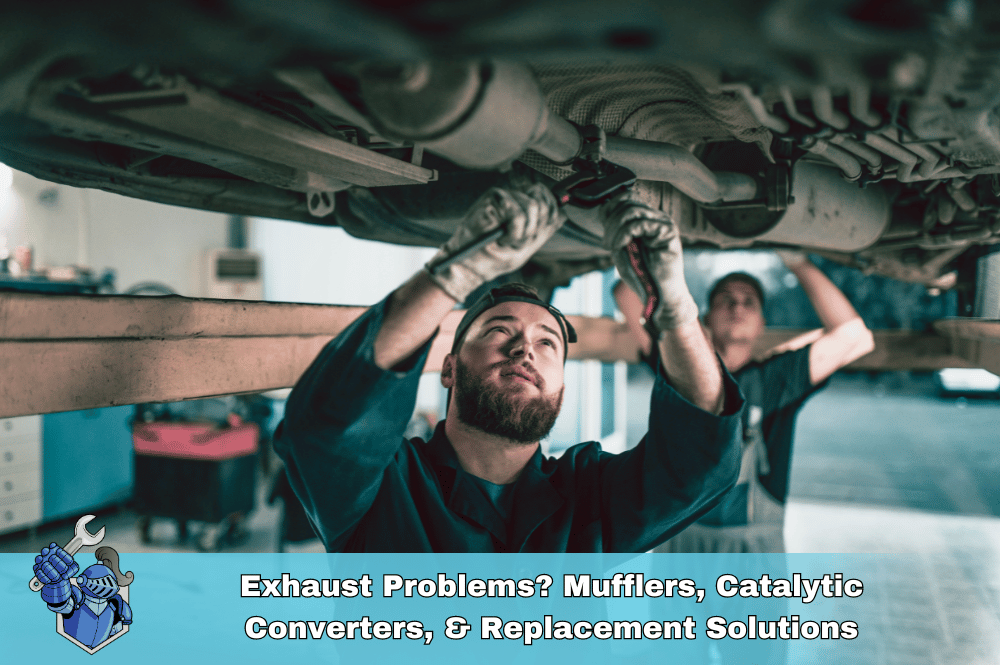 Exhaust Problems? Mufflers, Catalytic Converters, & Replacement Solutions
Exhaust Problems? Mufflers, Catalytic Converters, & Replacement Solutions The Ultimate New Driver's Guide: Everything You Need to Know to Hit the Road with Confidence
The Ultimate New Driver's Guide: Everything You Need to Know to Hit the Road with Confidence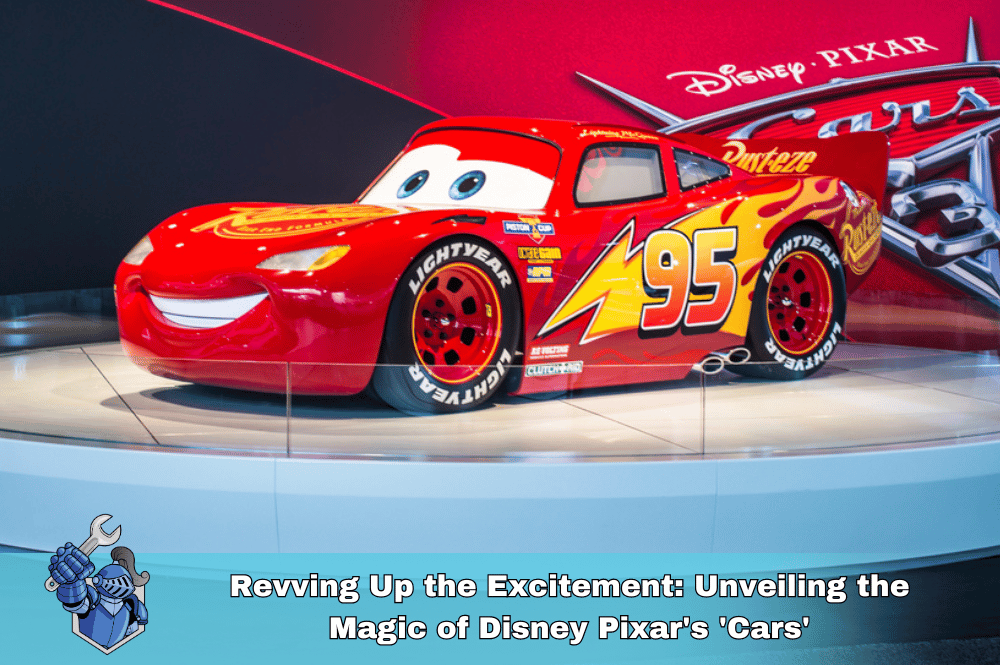 Revving Up the Excitement: Unveiling the Magic of Disney Pixar's 'Cars'
Revving Up the Excitement: Unveiling the Magic of Disney Pixar's 'Cars' 2024 BMW 3 Series Review: Is it Still the Ultimate Driving Machine?
2024 BMW 3 Series Review: Is it Still the Ultimate Driving Machine? Electric vs. Gas Cars: The Ultimate Showdown for the Future of Driving
Electric vs. Gas Cars: The Ultimate Showdown for the Future of Driving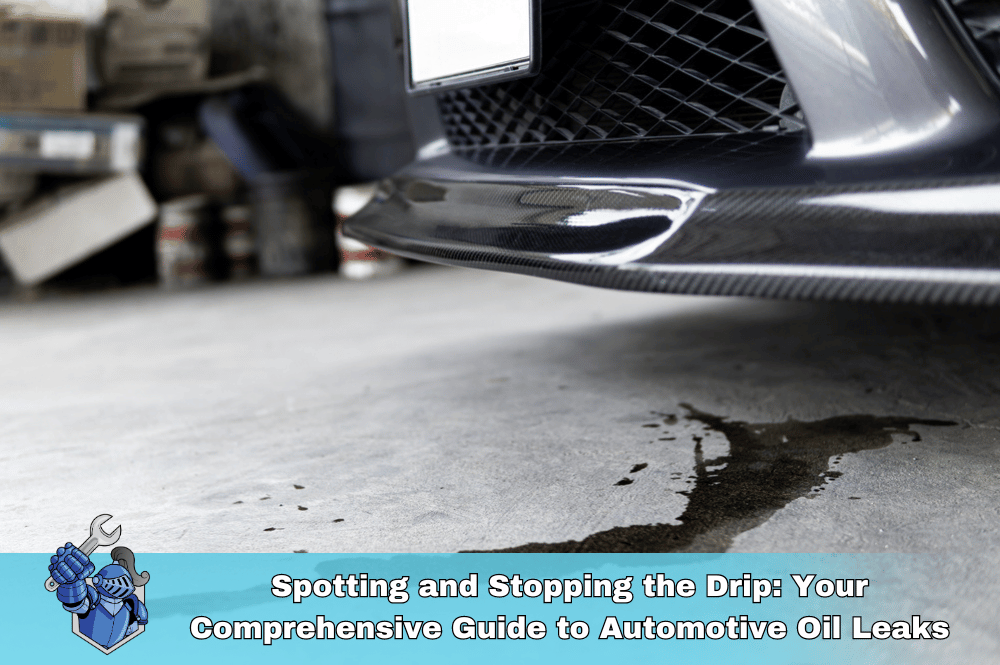 Spotting and Stopping the Drip: Your Comprehensive Guide to Automotive Oil Leaks
Spotting and Stopping the Drip: Your Comprehensive Guide to Automotive Oil Leaks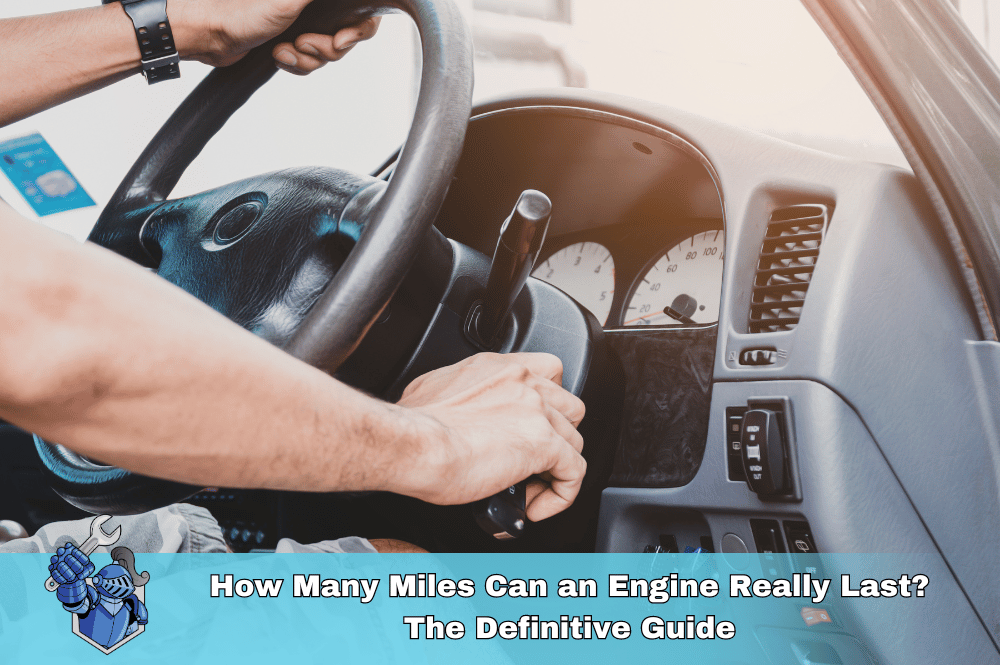 How Many Miles Can an Engine Really Last? The Definitive Guide
How Many Miles Can an Engine Really Last? The Definitive Guide Dodge Extended Warranty: Is It Worth the Cost? A Comprehensive Guide
Dodge Extended Warranty: Is It Worth the Cost? A Comprehensive Guide The Ultimate Guide to Automotive Wraps: Everything You Need to Know
The Ultimate Guide to Automotive Wraps: Everything You Need to Know Dealer vs. Local Mechanic: Where Should You Take Your Car for Repairs?
Dealer vs. Local Mechanic: Where Should You Take Your Car for Repairs?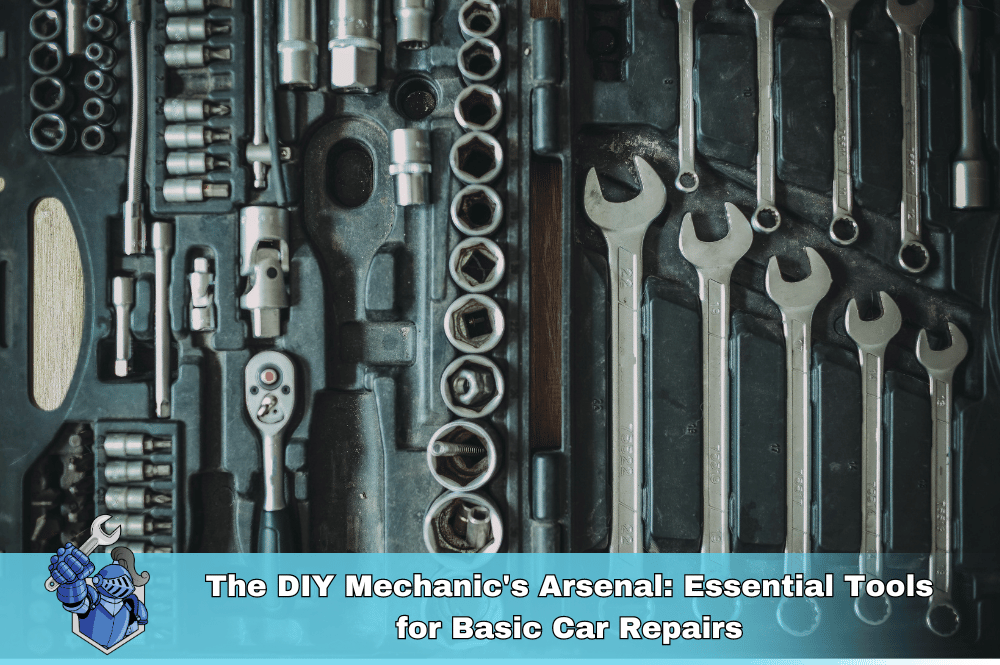 The DIY Mechanic's Arsenal: Essential Tools for Basic Car Repairs
The DIY Mechanic's Arsenal: Essential Tools for Basic Car Repairs Stranded on the Sidelines: Your Essential Guide to Roadside Breakdowns & Staying Safe
Stranded on the Sidelines: Your Essential Guide to Roadside Breakdowns & Staying Safe The Ultimate Guide to Vehicle Airbags: Everything You Need to Know to Stay Safe
The Ultimate Guide to Vehicle Airbags: Everything You Need to Know to Stay Safe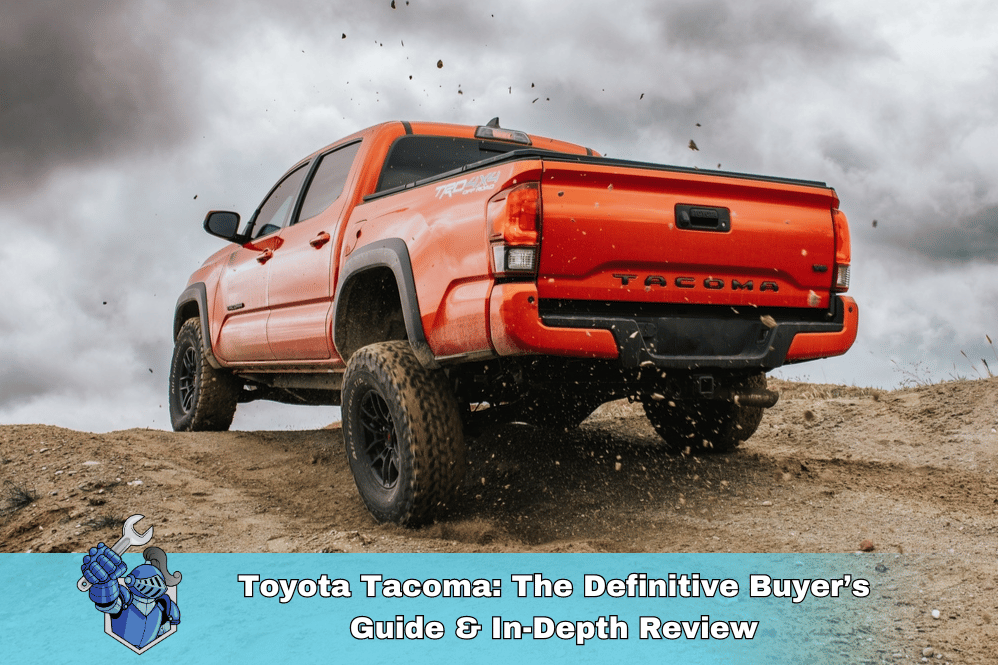 Toyota Tacoma: The Definitive Buyer’s Guide & In-Depth Review
Toyota Tacoma: The Definitive Buyer’s Guide & In-Depth Review How to Choose the Best First Car for Your Teen in 2024: A Parent's Guide
How to Choose the Best First Car for Your Teen in 2024: A Parent's Guide Alternator Failing? Repair Costs, Symptoms, and Why You Need Coverage
Alternator Failing? Repair Costs, Symptoms, and Why You Need Coverage Subaru Outback Review: Everything You Need to Know About This Versatile SUV
Subaru Outback Review: Everything You Need to Know About This Versatile SUV 8 Essential Tips to Avoid Overpaying at the Auto Repair Shop
8 Essential Tips to Avoid Overpaying at the Auto Repair Shop Are Lift Kits Covered Under Your Truck’s Extended Warranty? Key Info for Lifted Trucks
Are Lift Kits Covered Under Your Truck’s Extended Warranty? Key Info for Lifted Trucks Everything You Need to Know About Chevy Extended Warranties
Everything You Need to Know About Chevy Extended Warranties The Essential Guide to Car Maintenance: How to Keep Your Vehicle Running Smoothly
The Essential Guide to Car Maintenance: How to Keep Your Vehicle Running Smoothly How to Replace Your Car Key Battery Tips Costs and More
How to Replace Your Car Key Battery Tips Costs and More